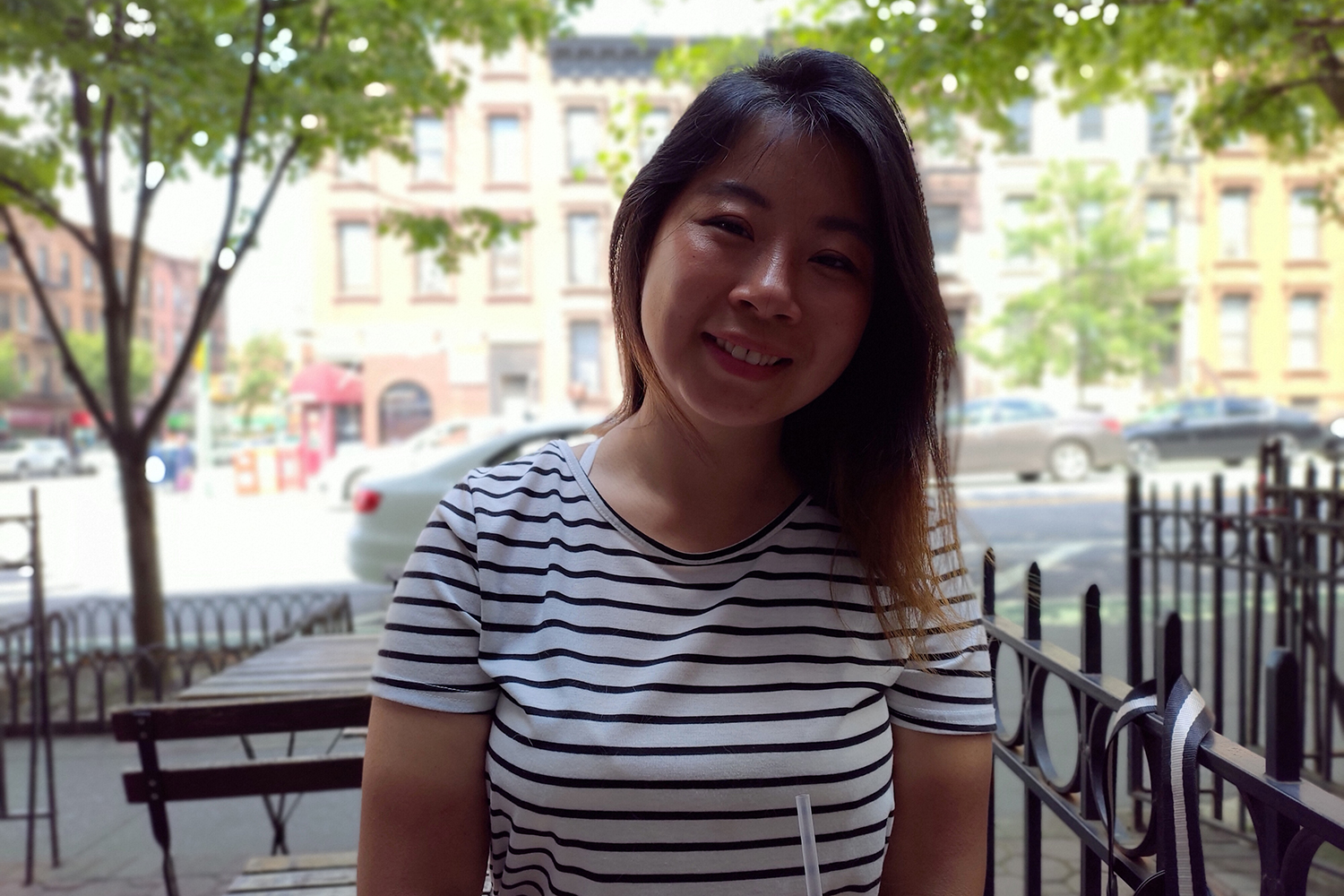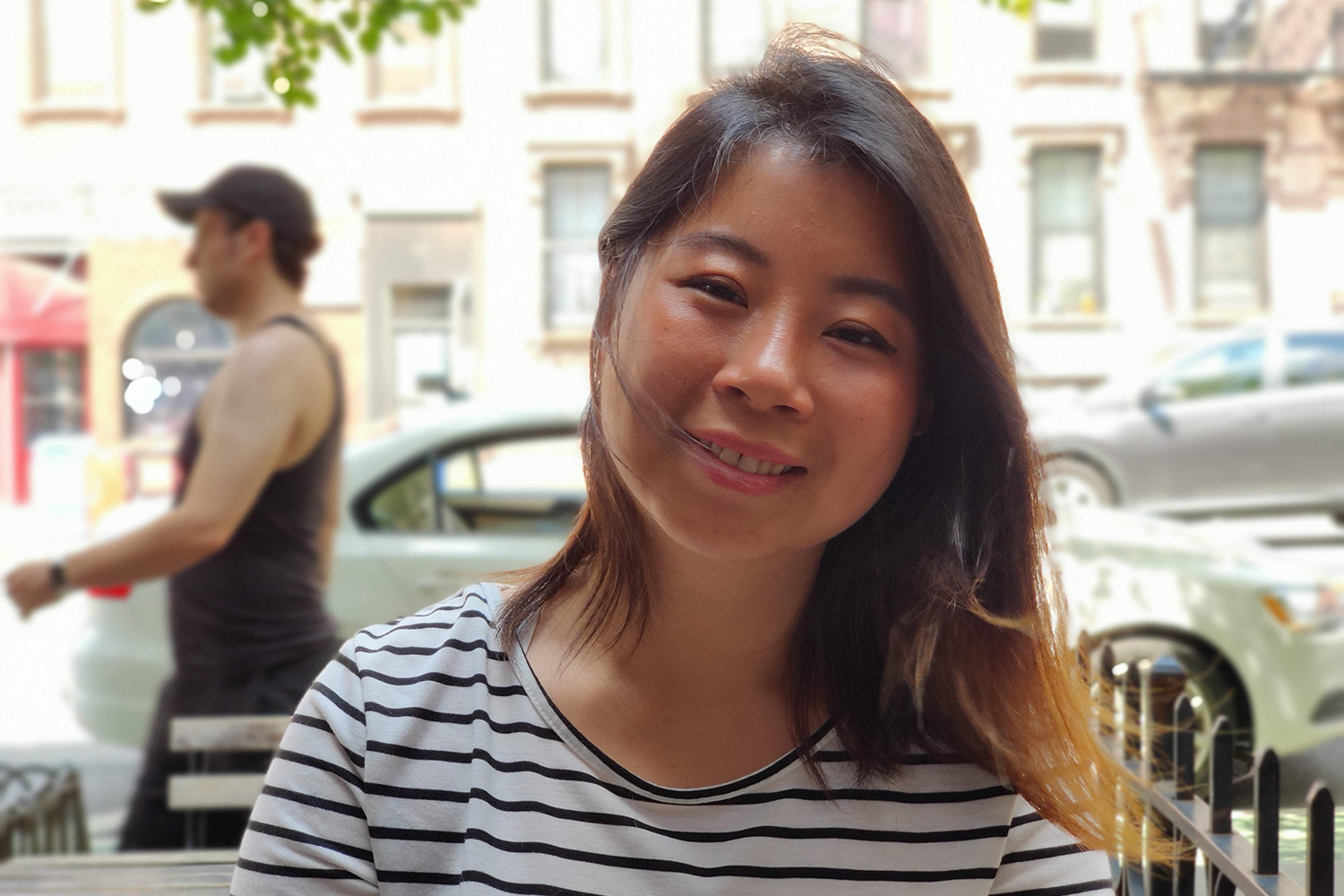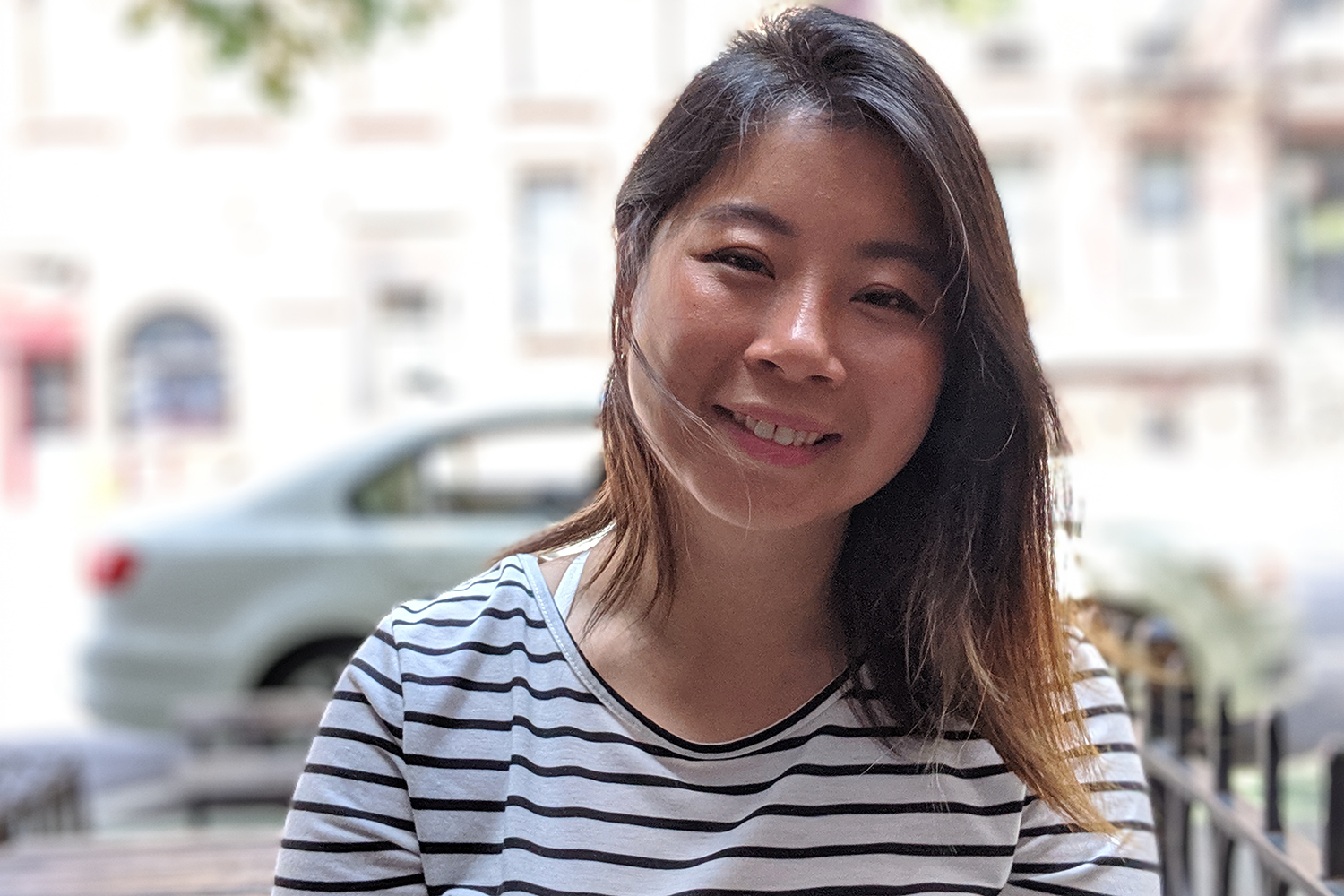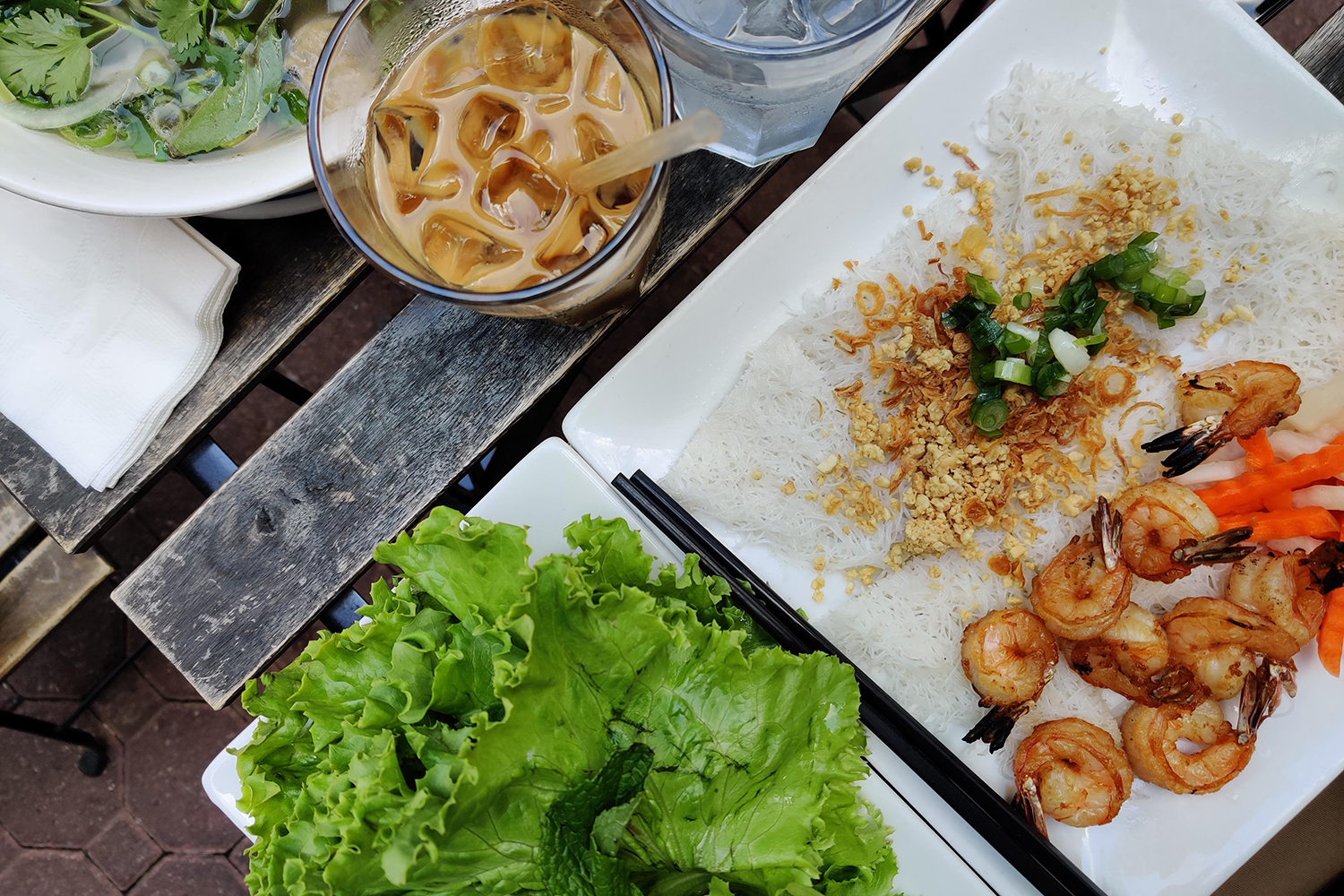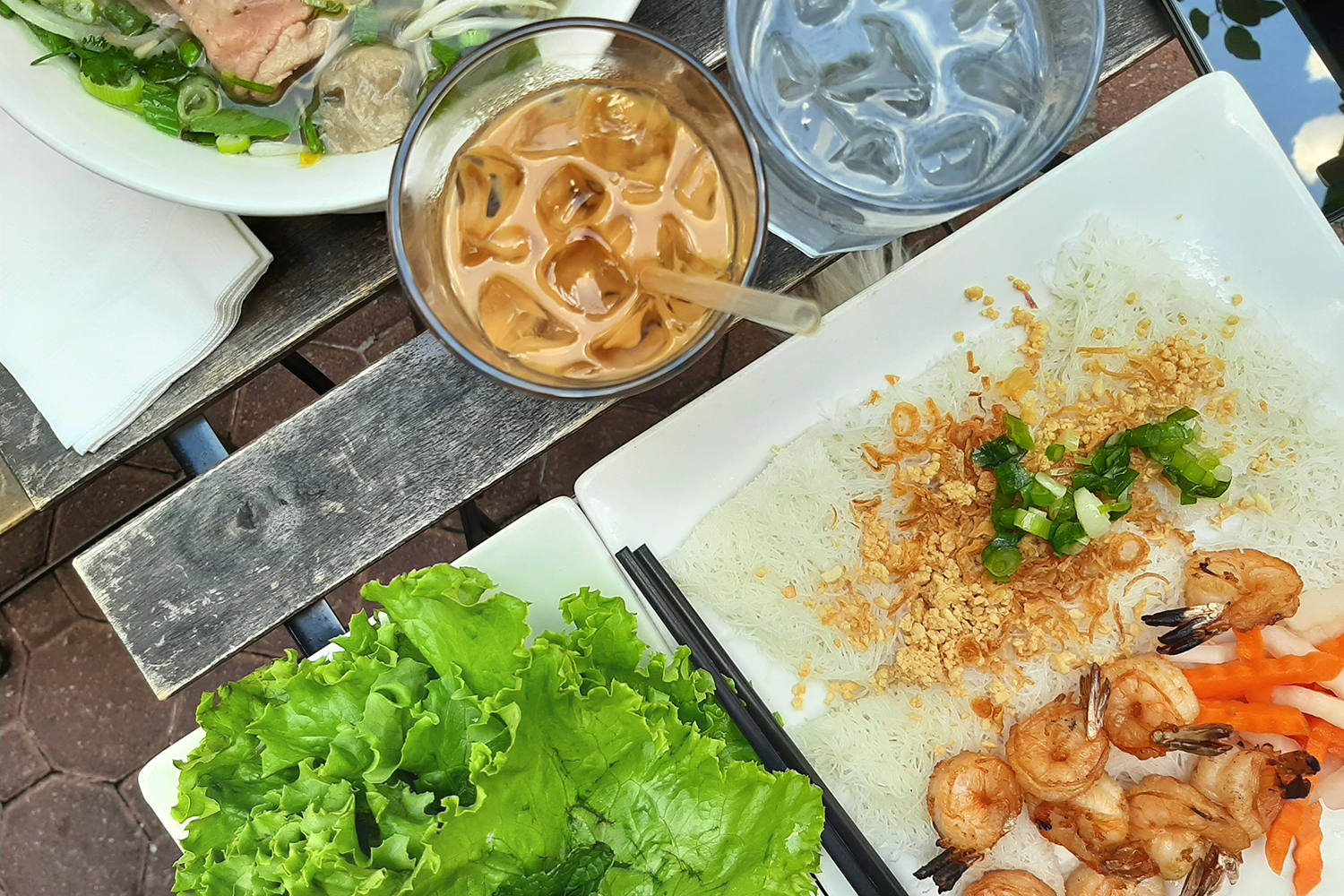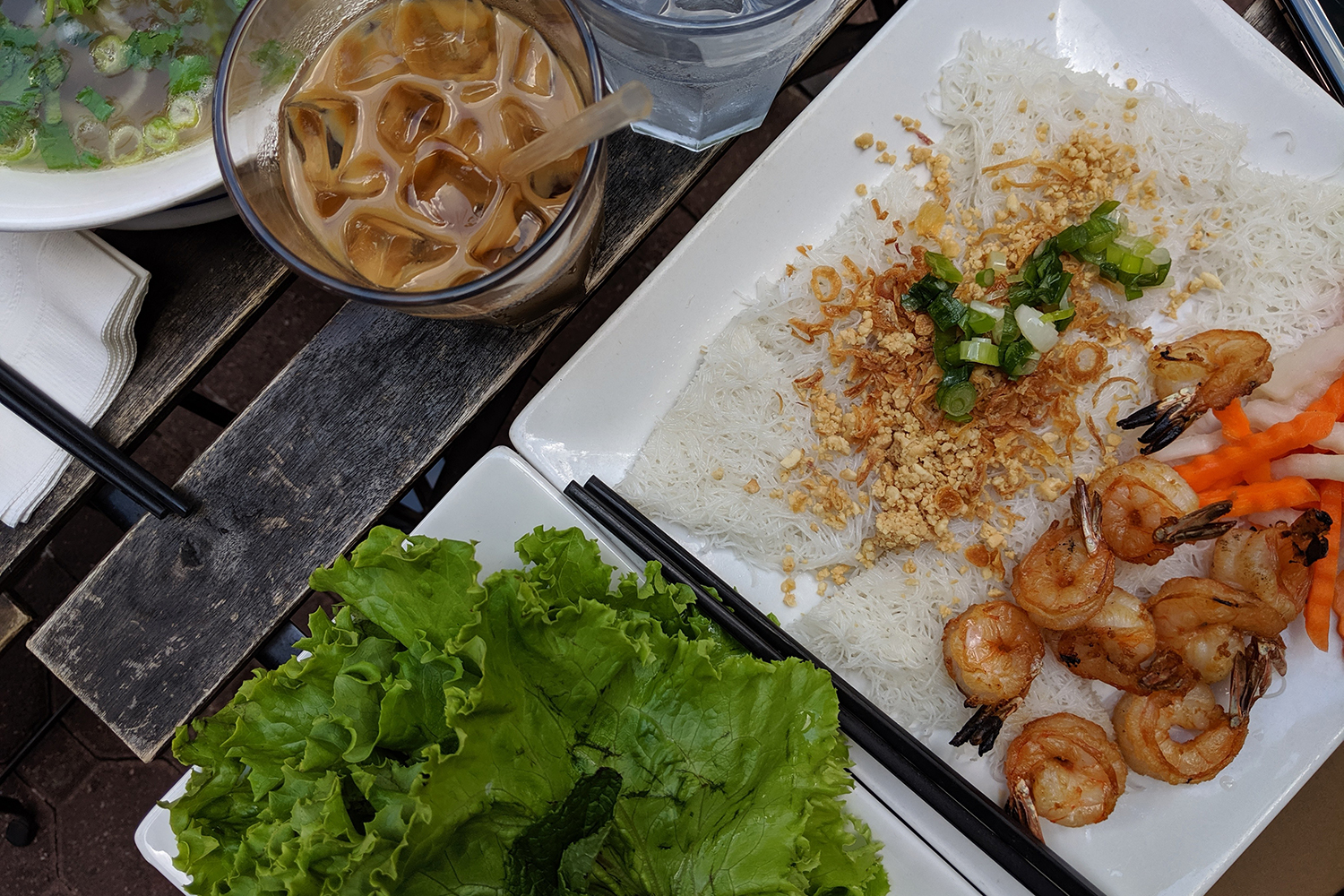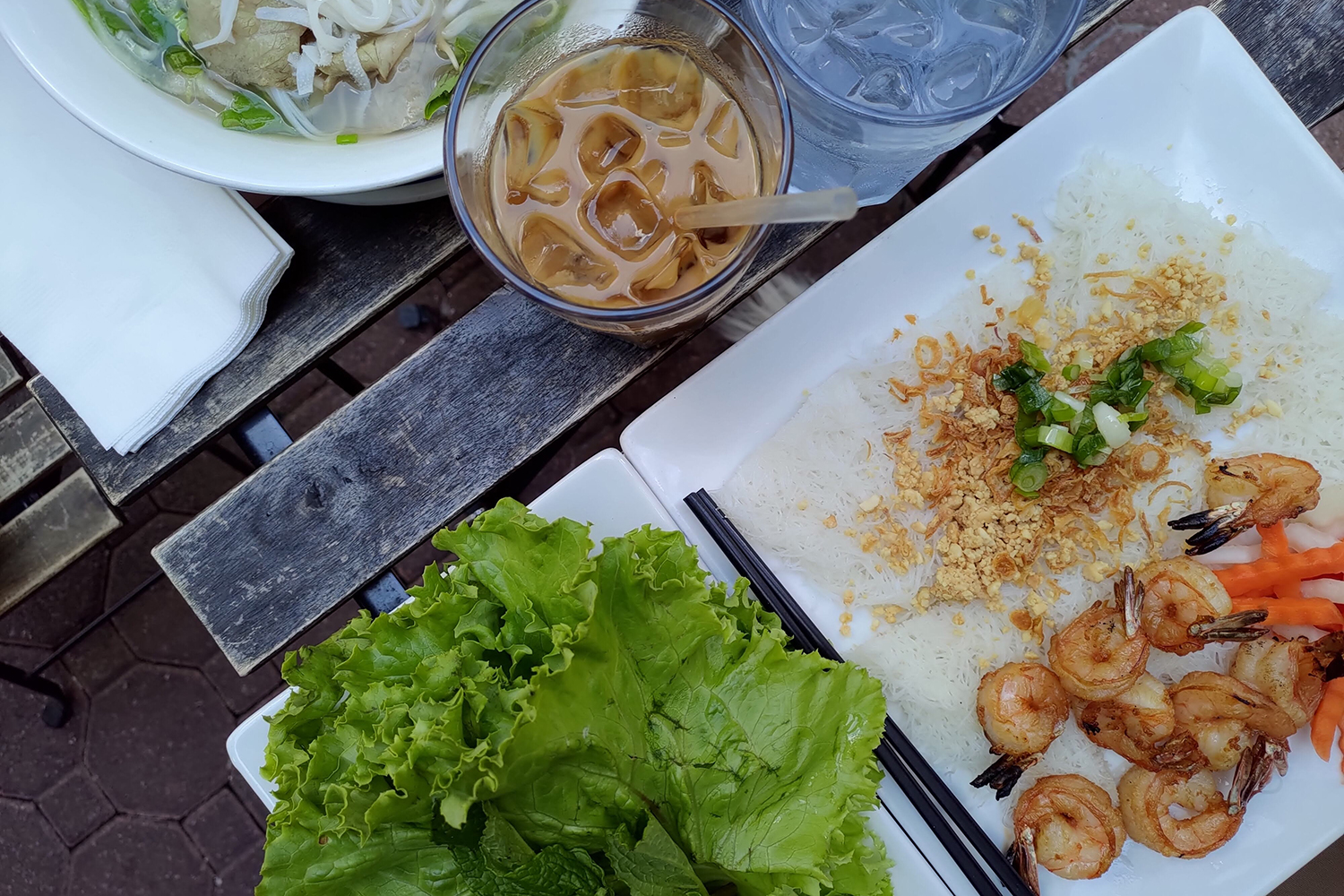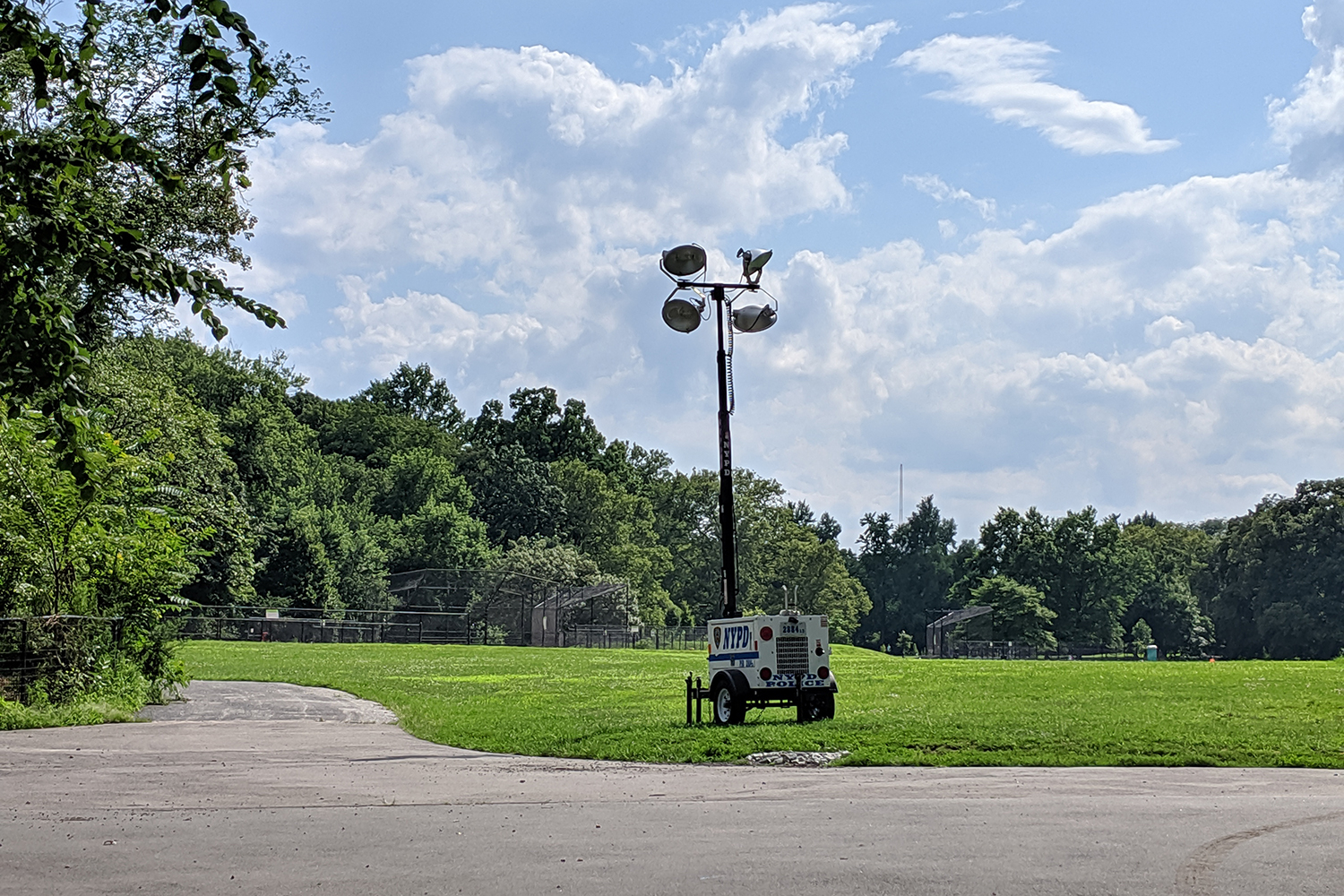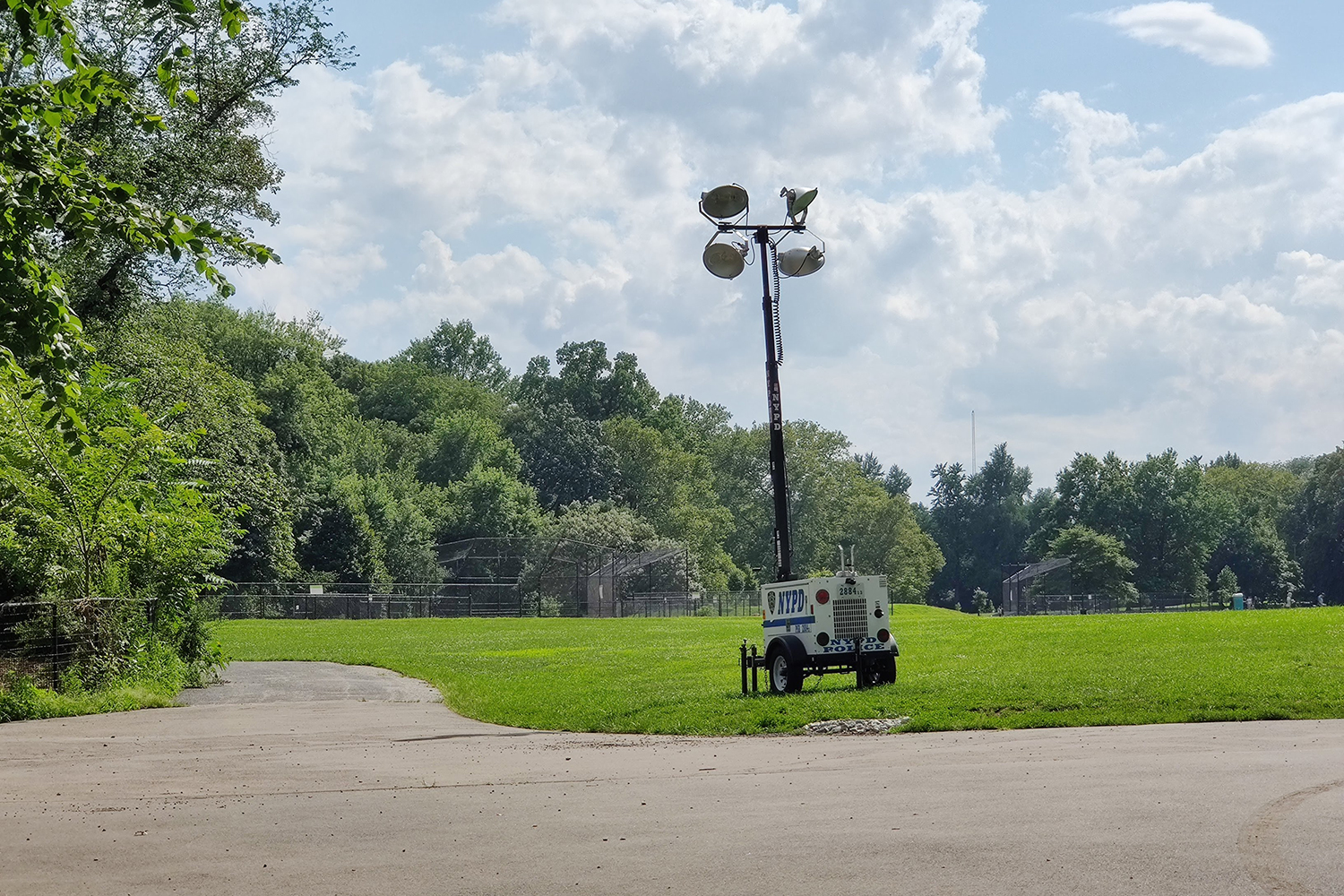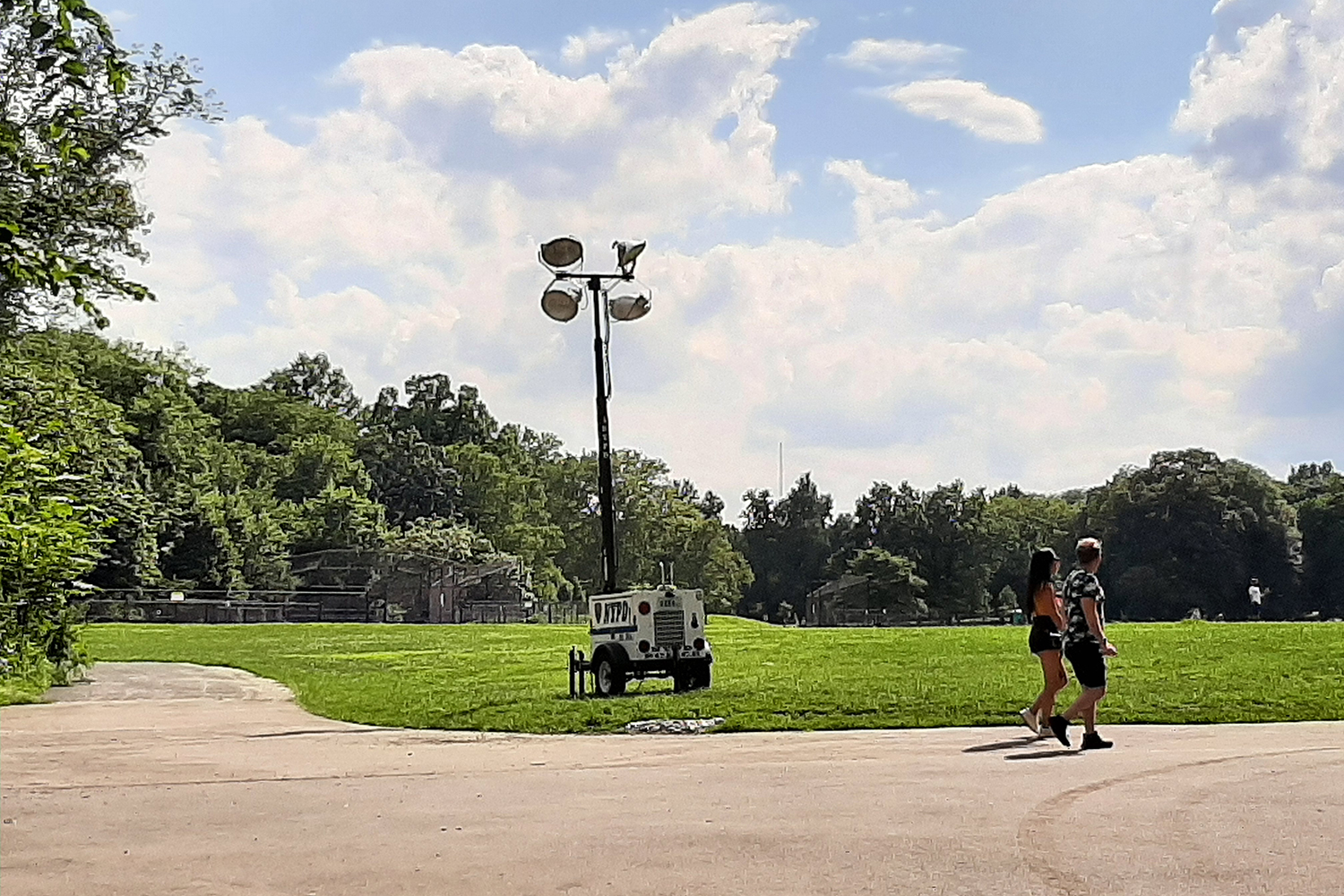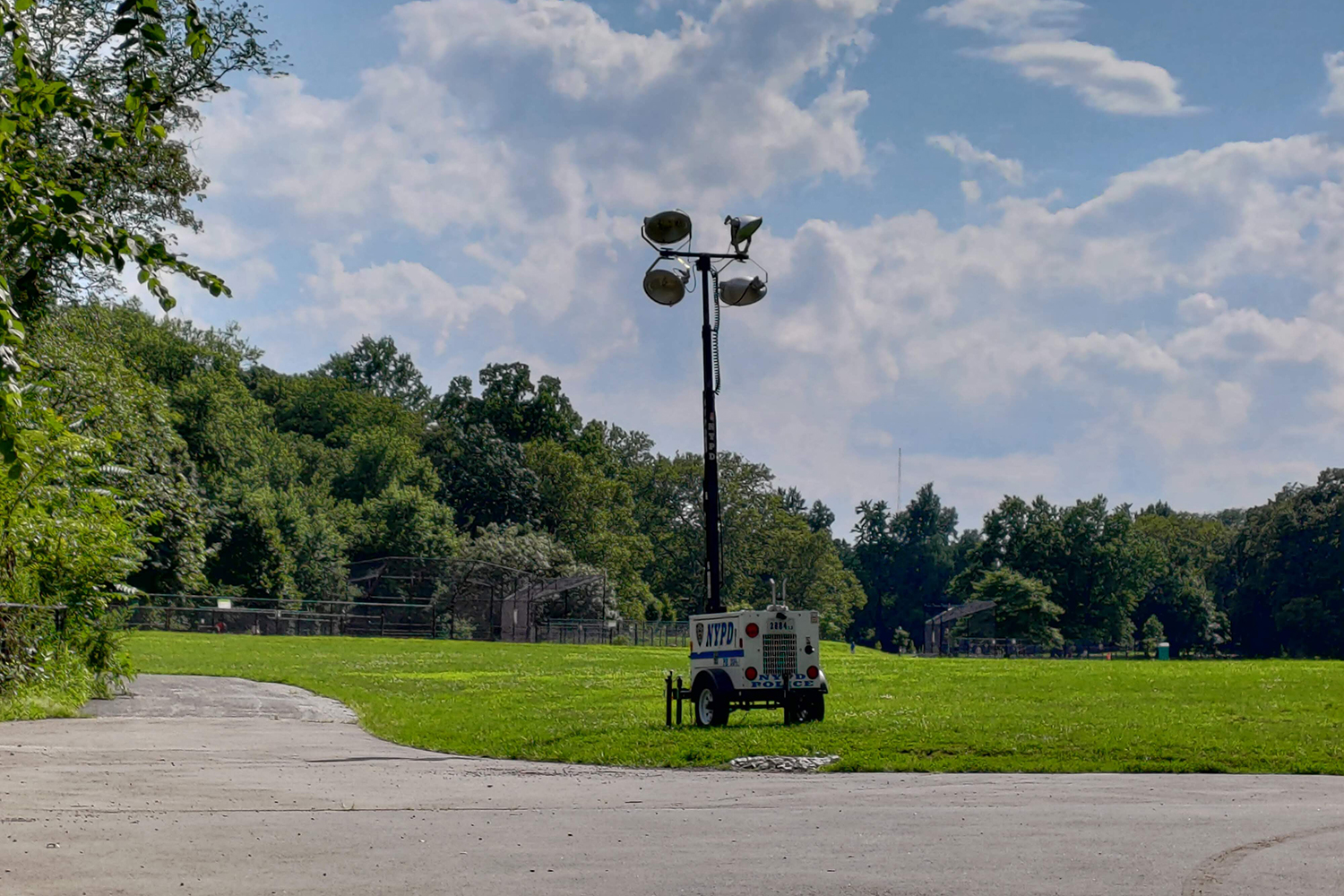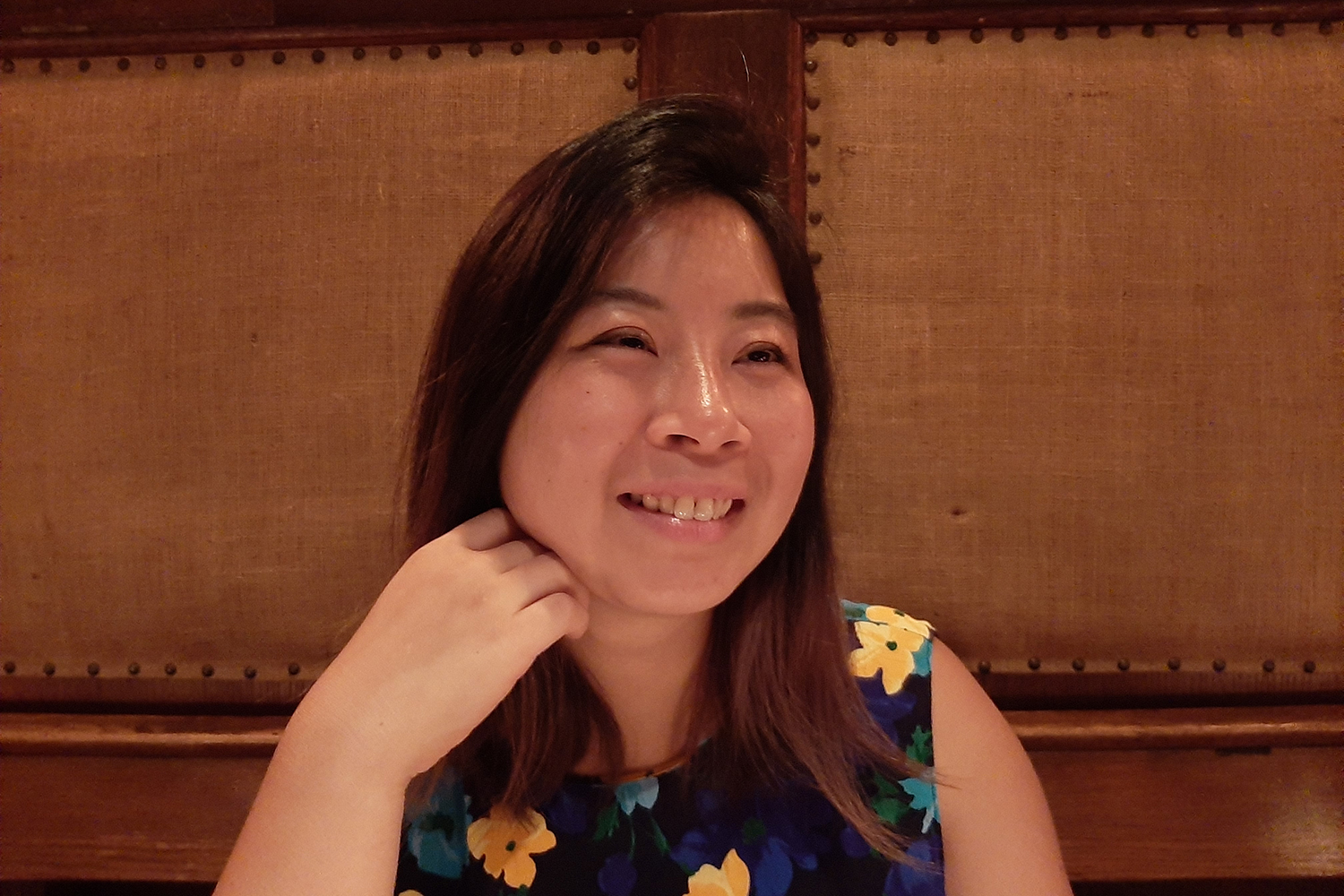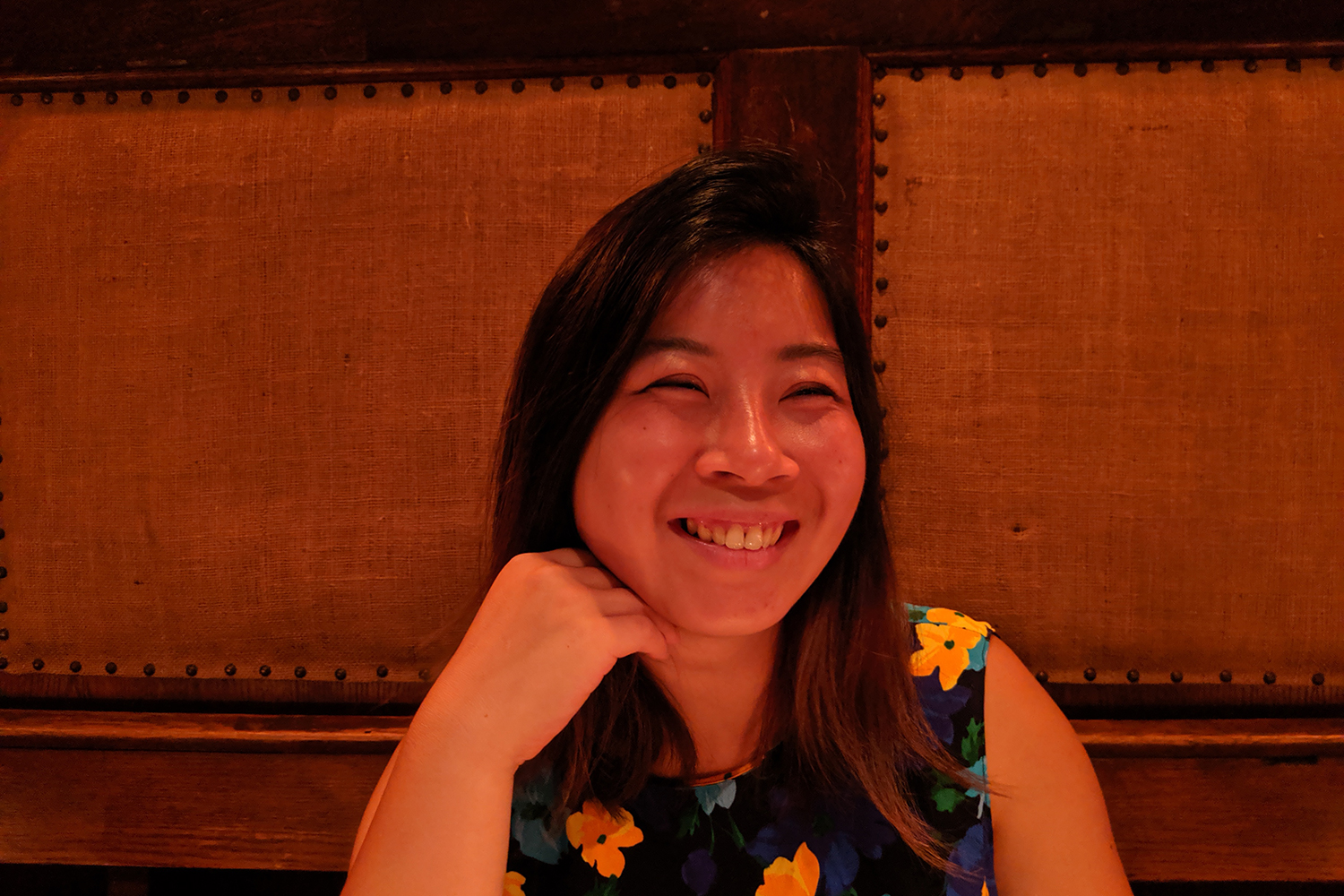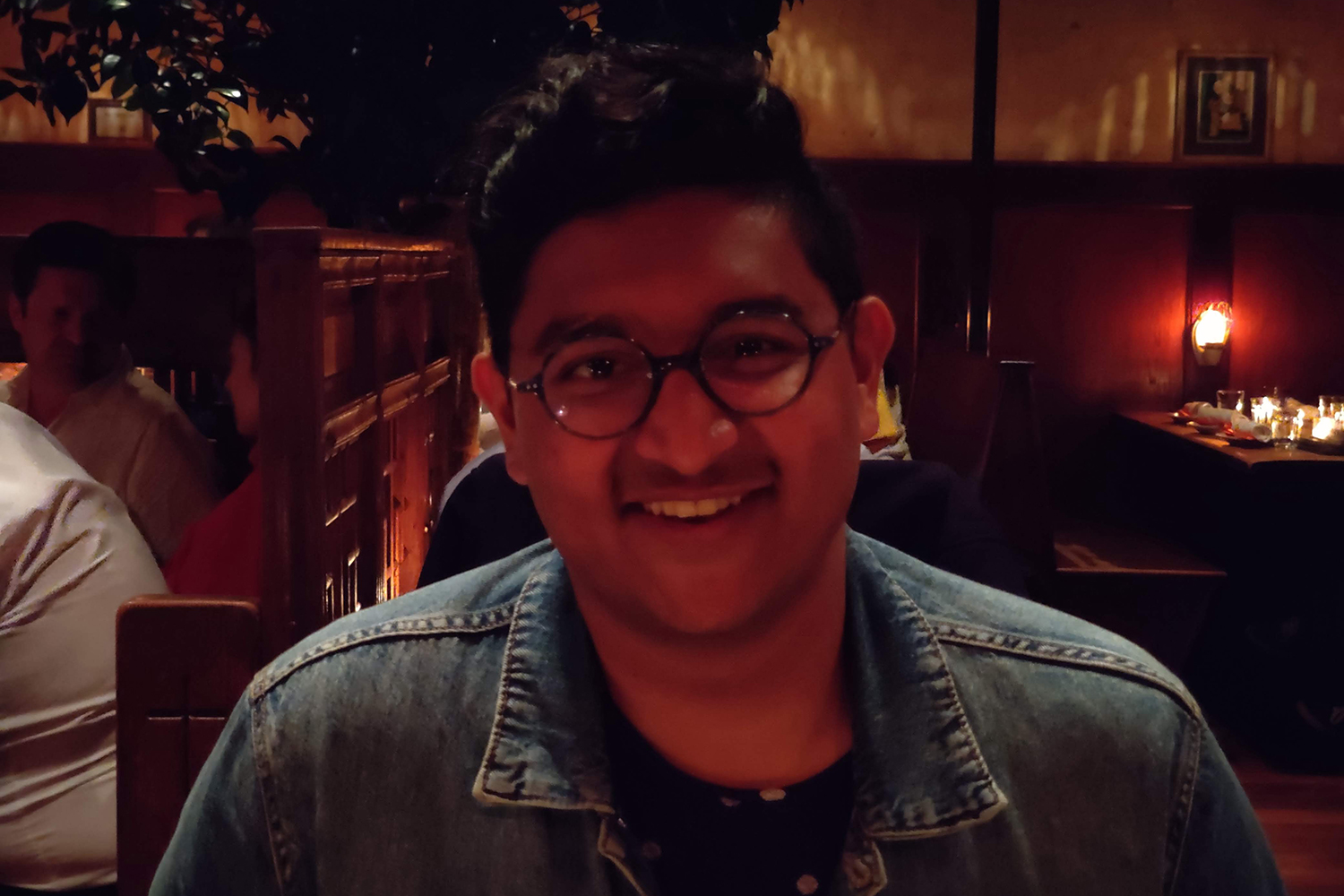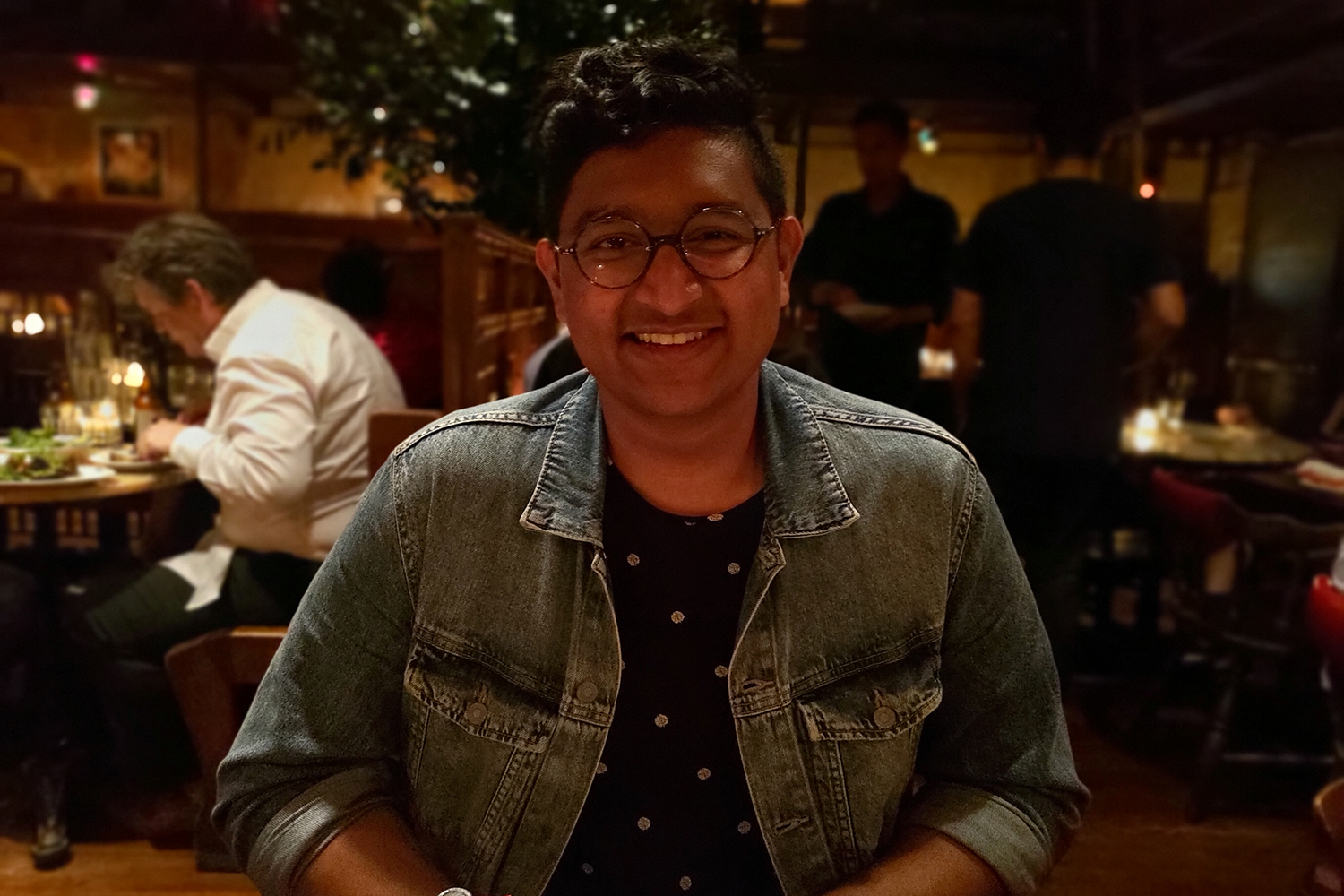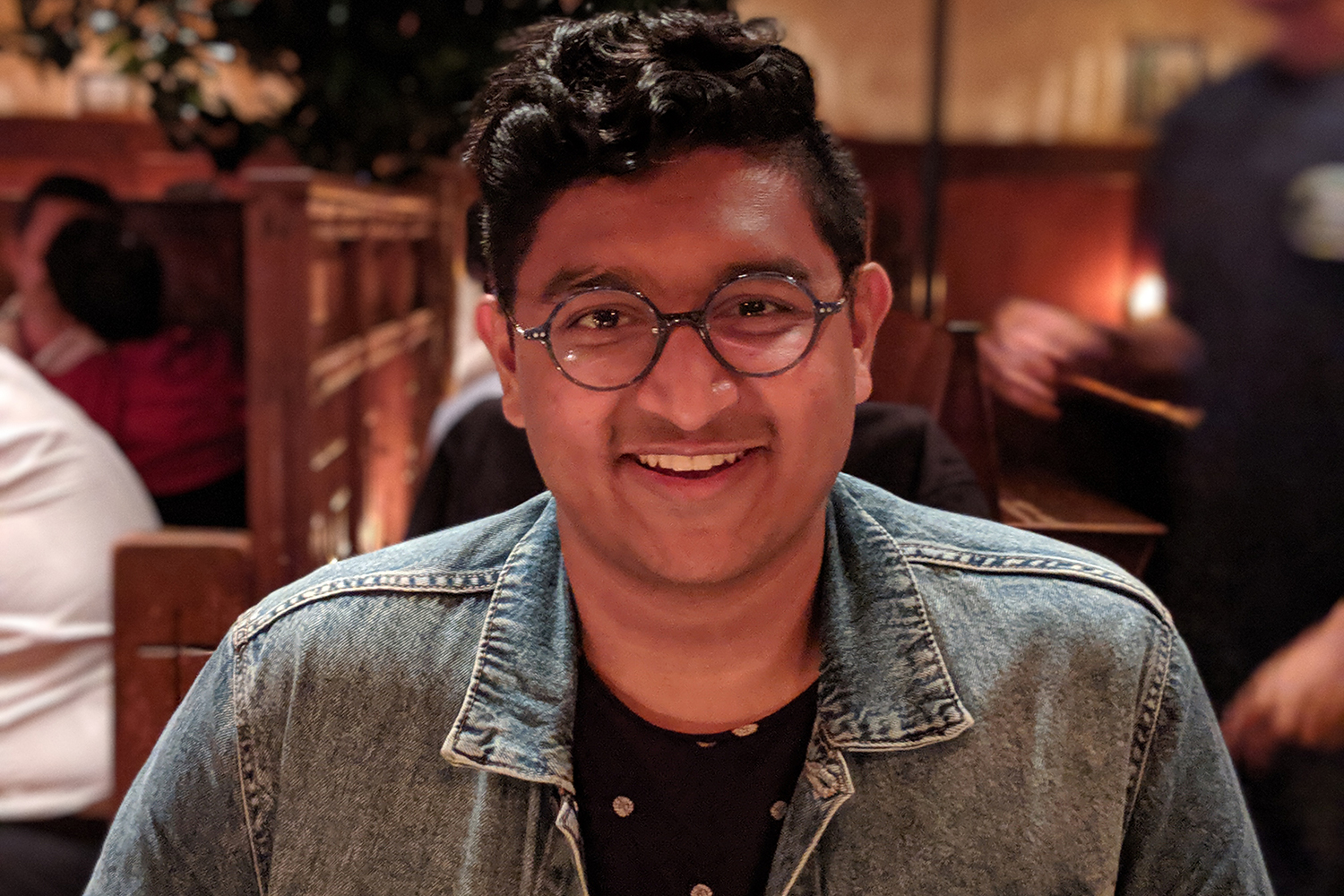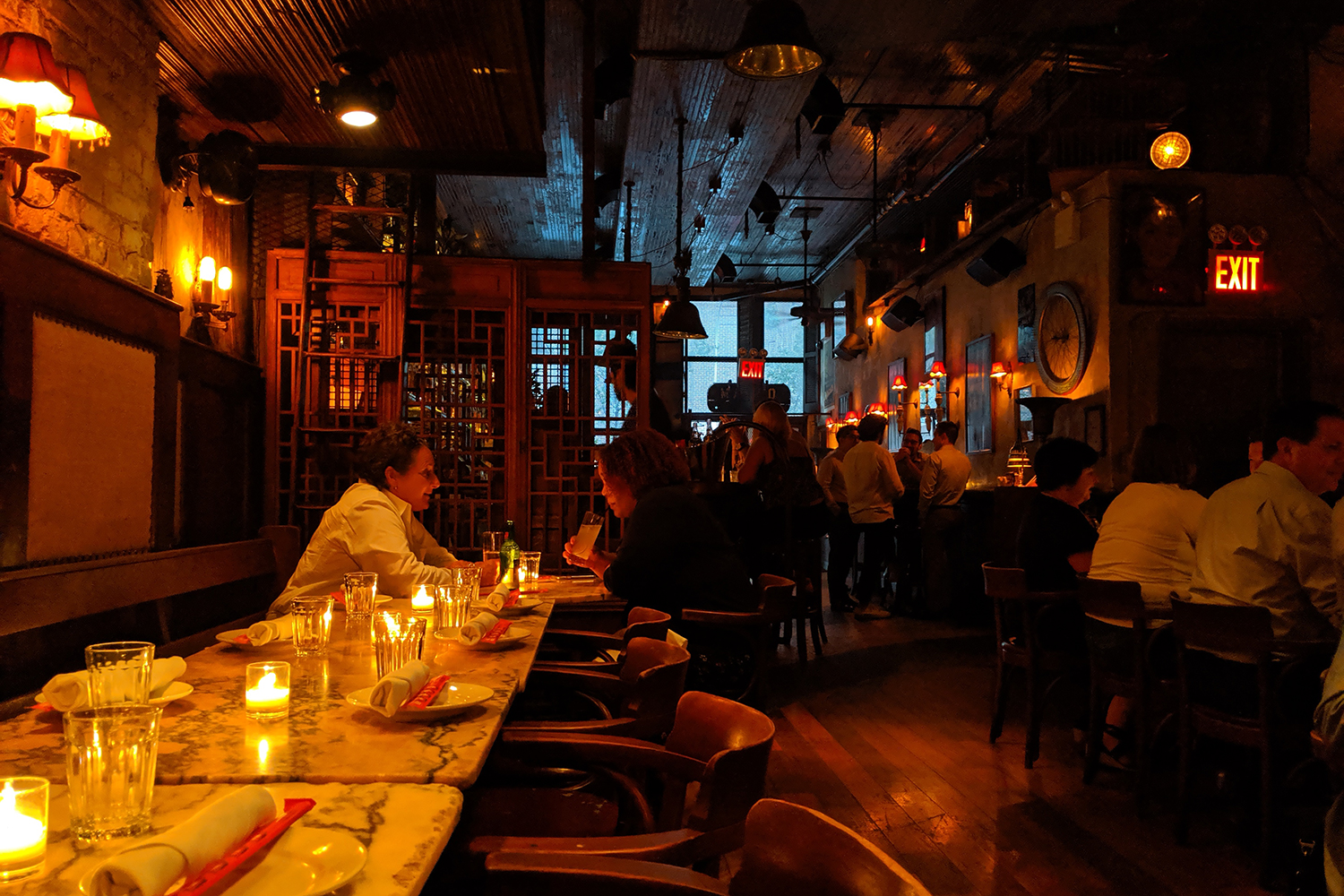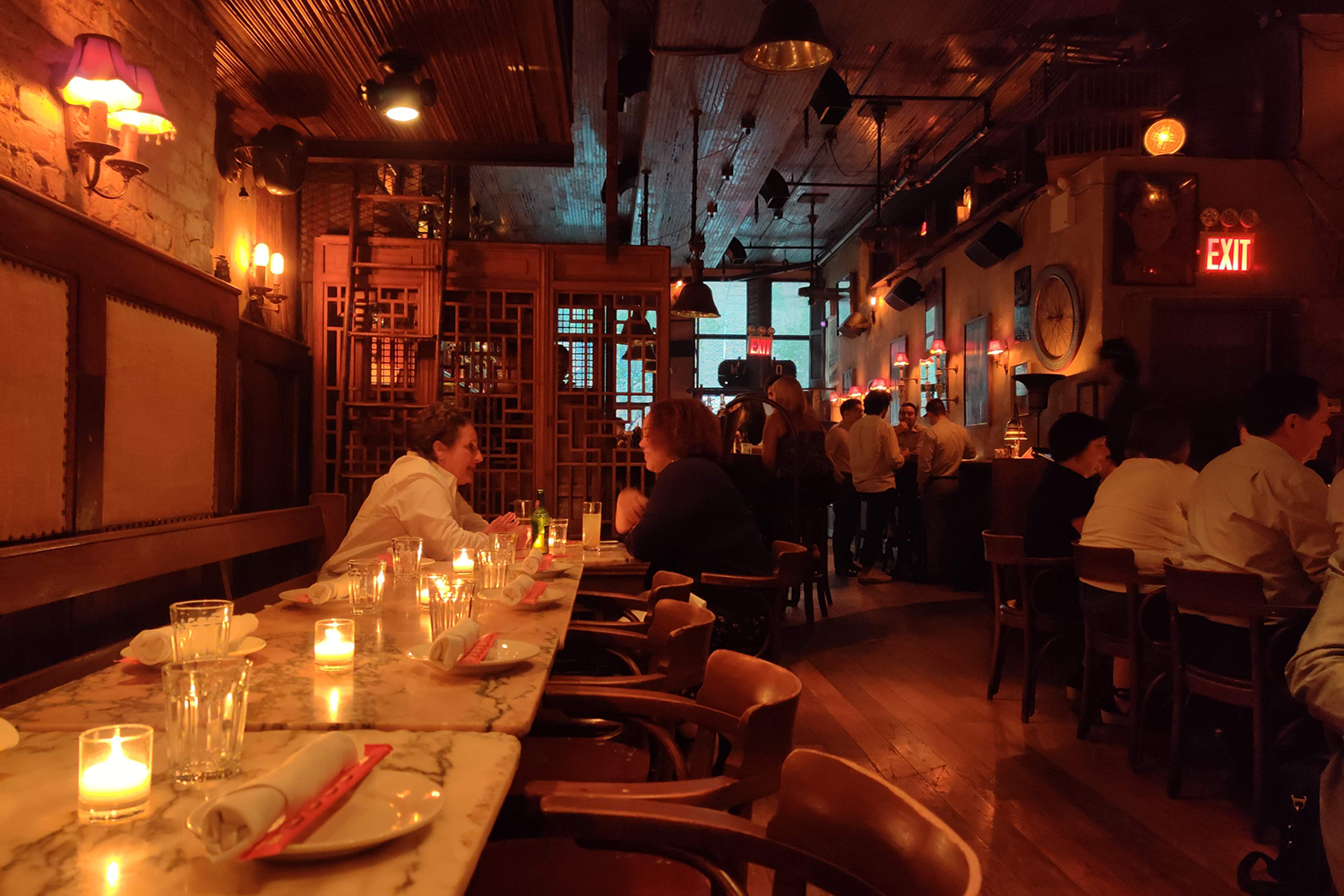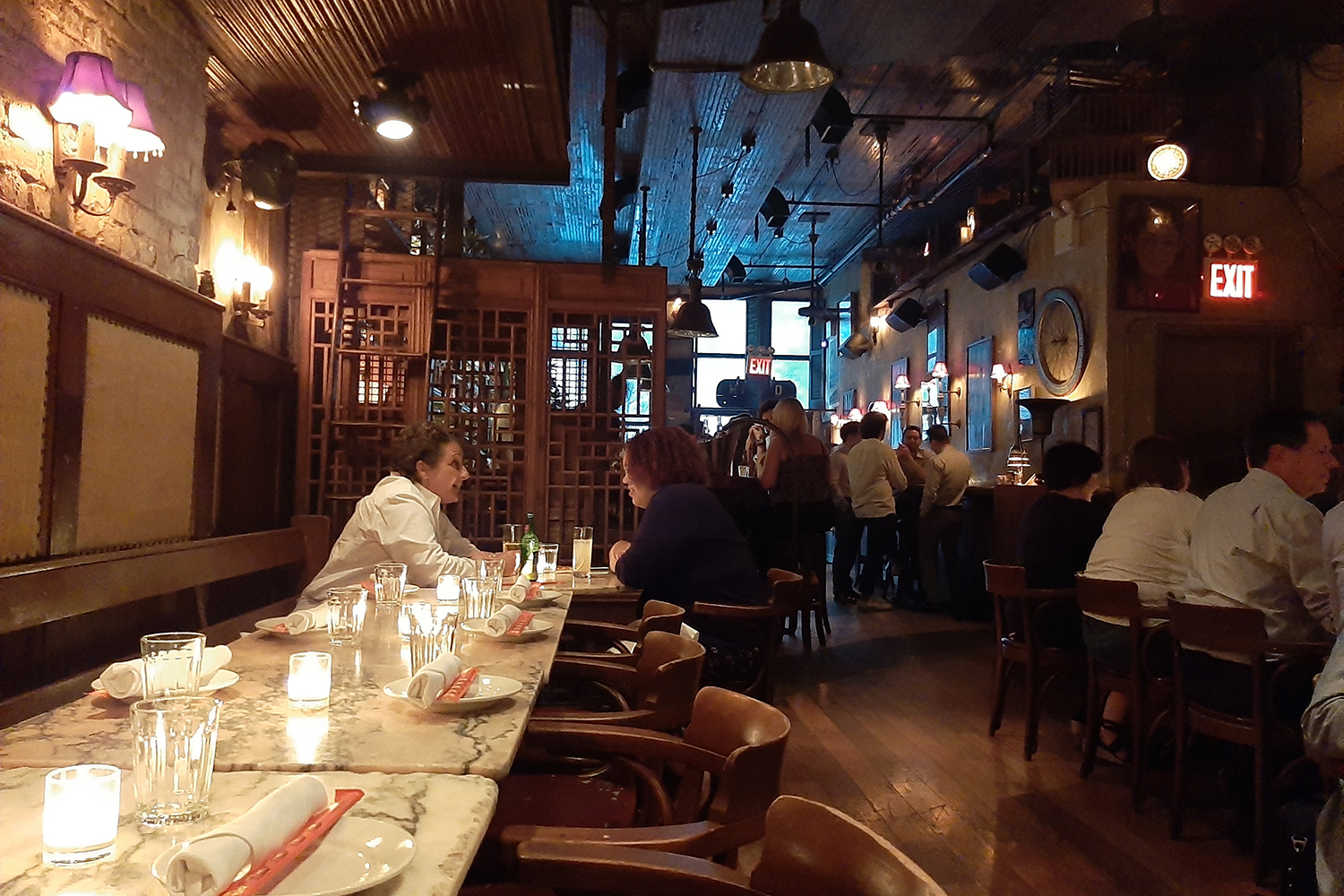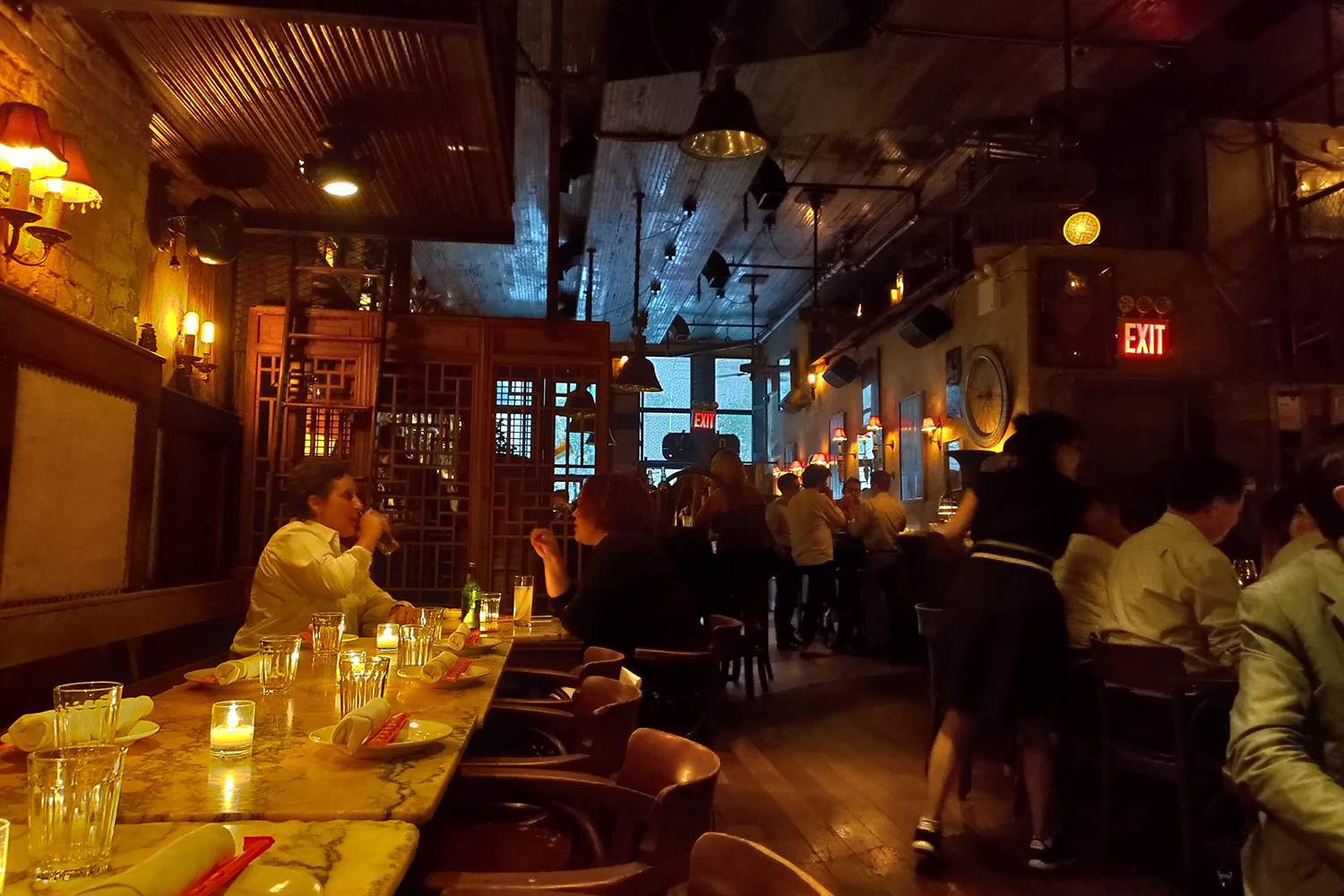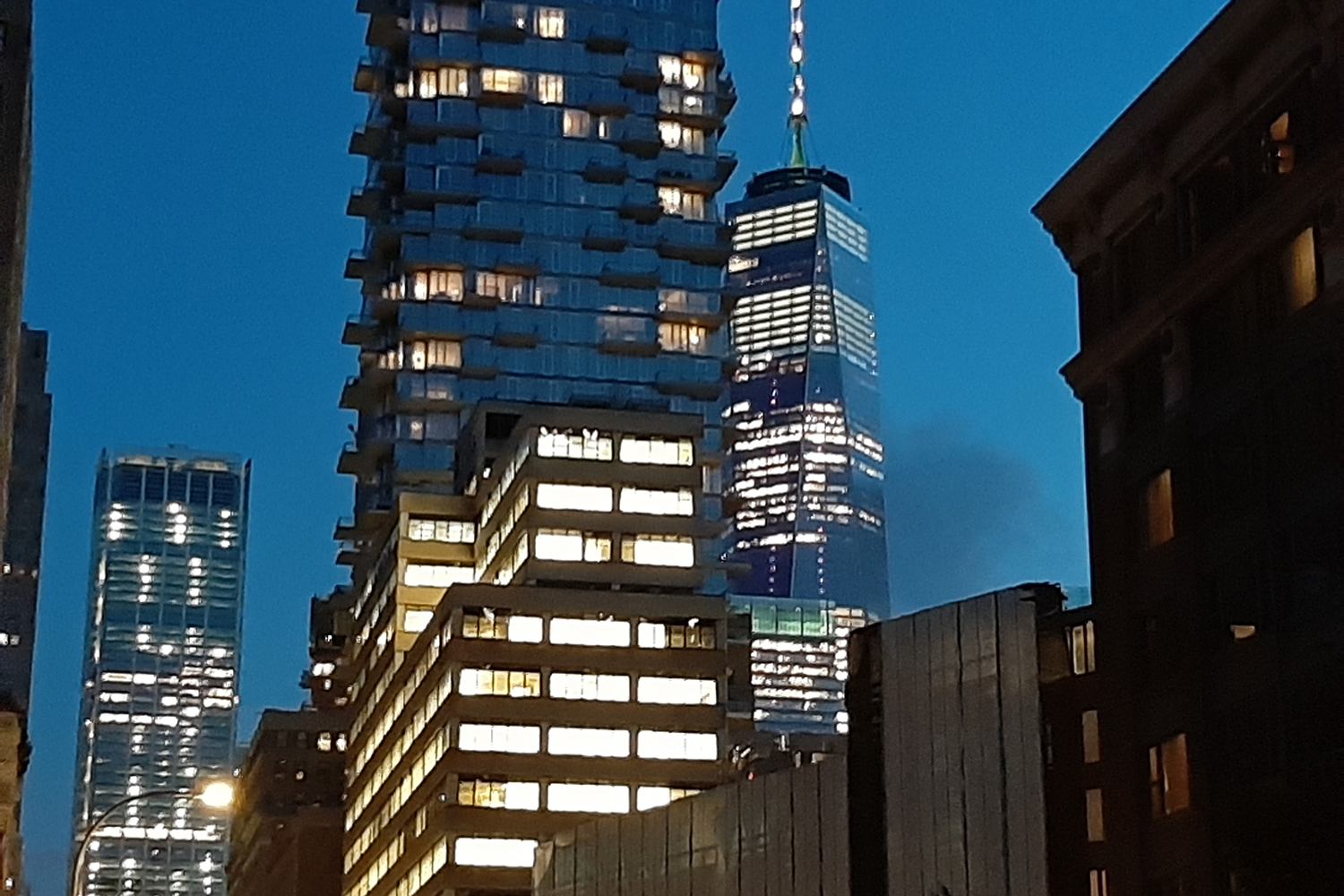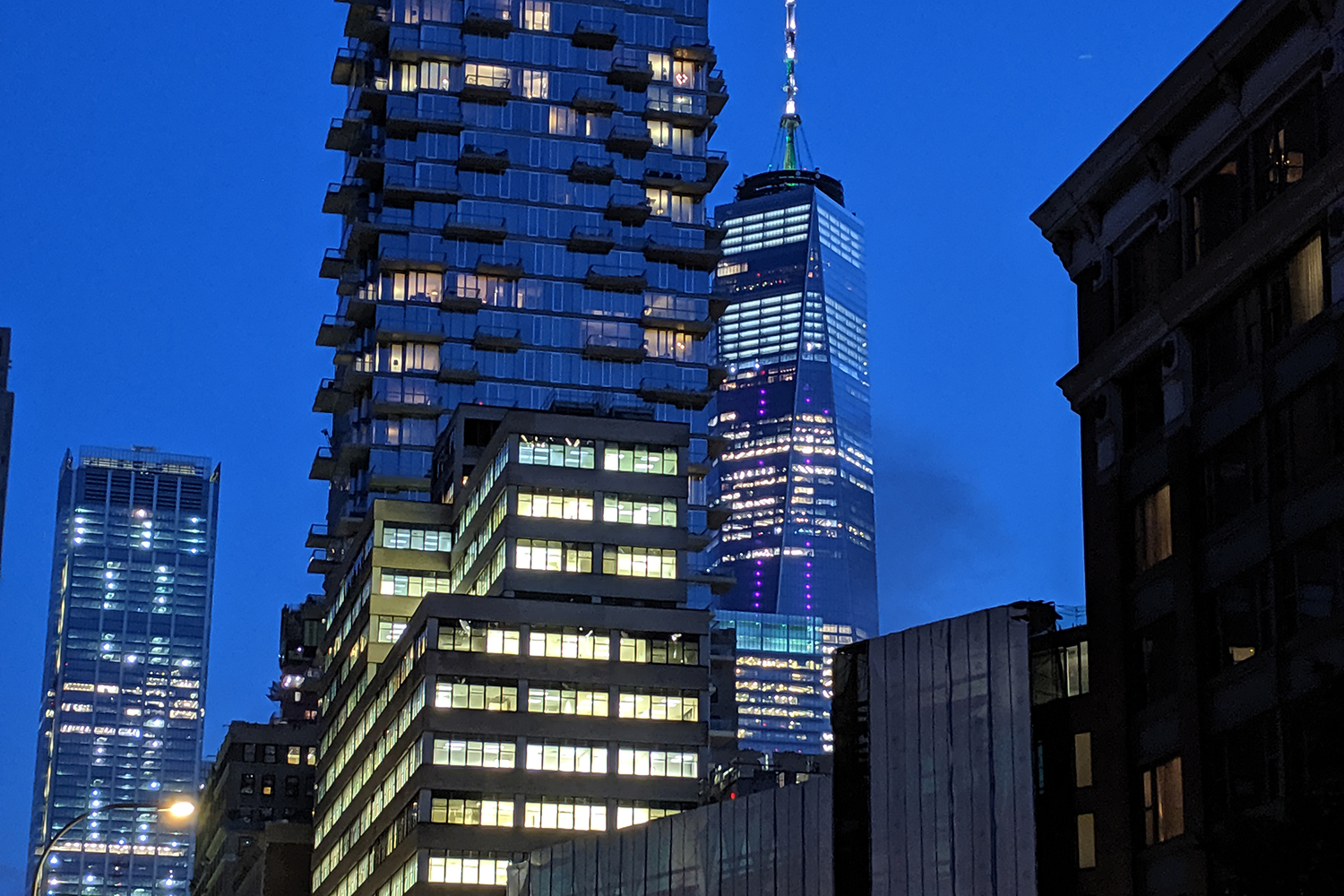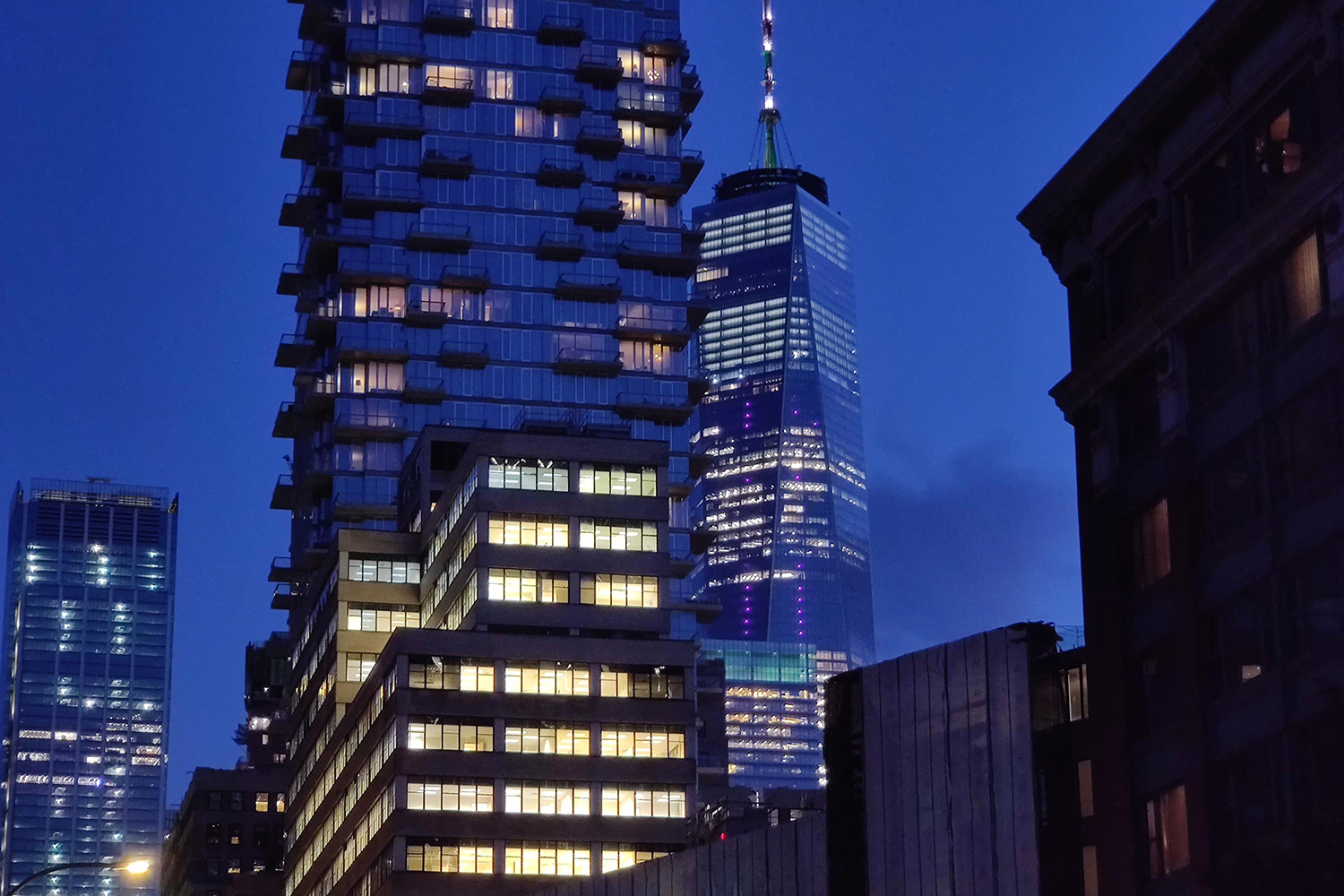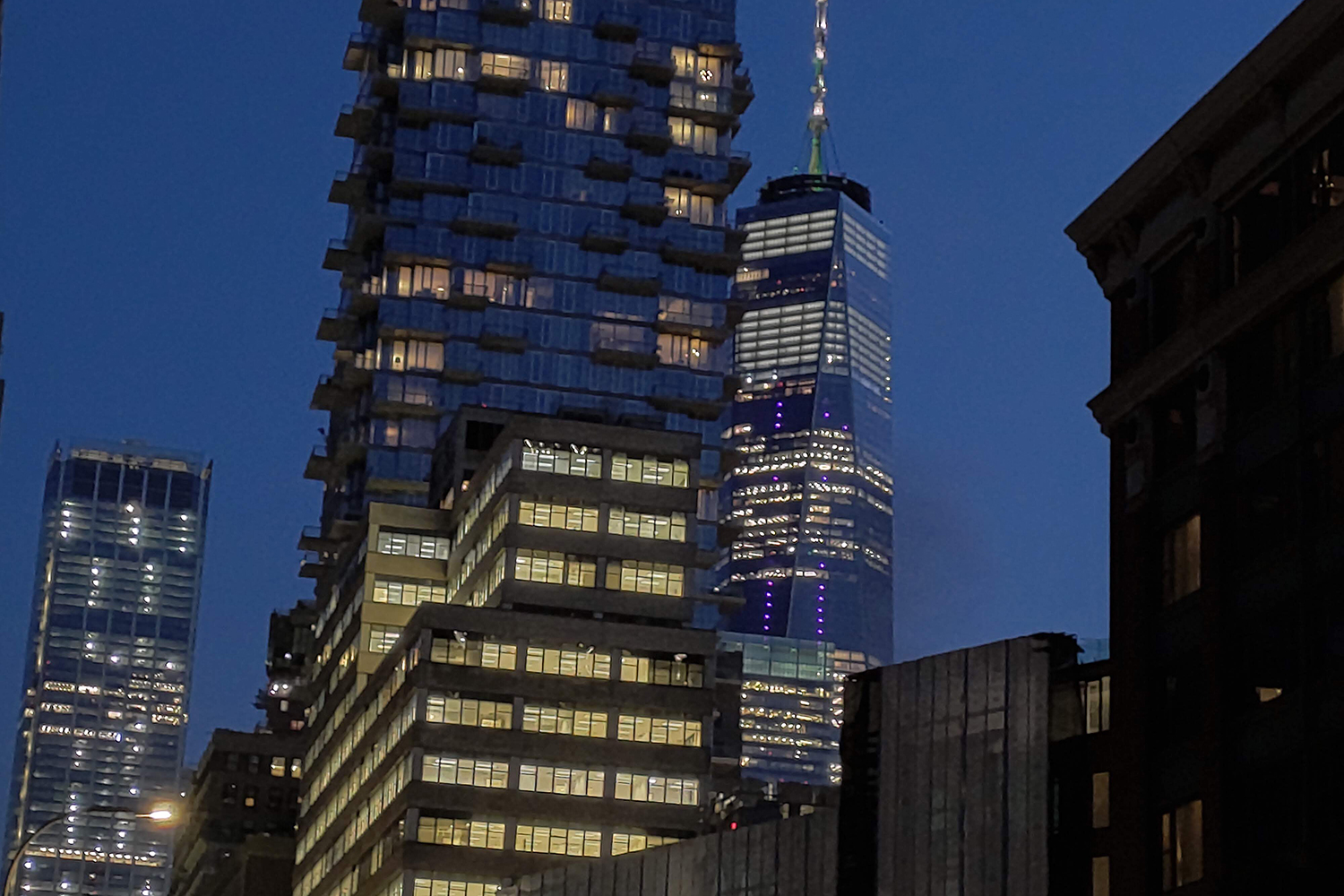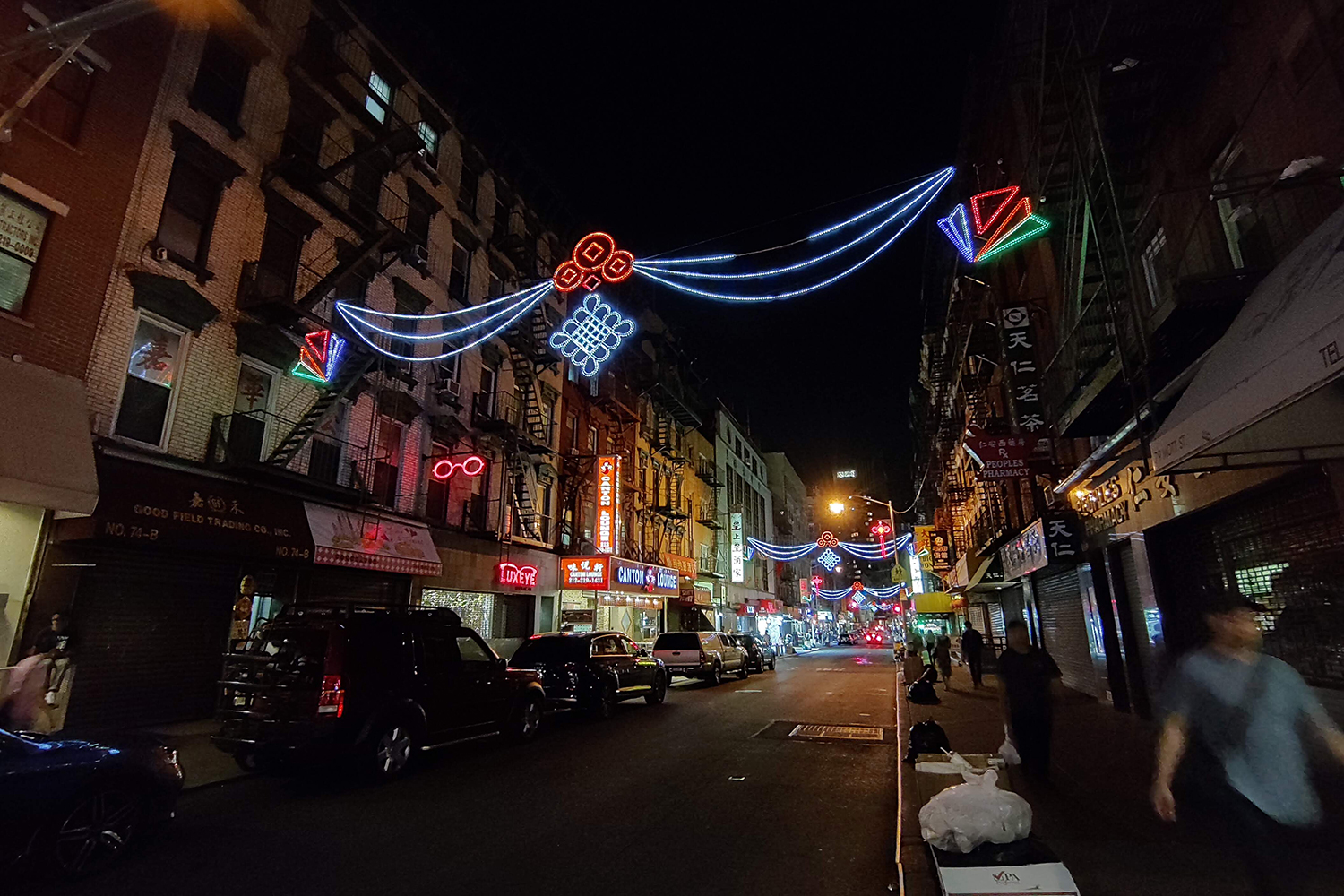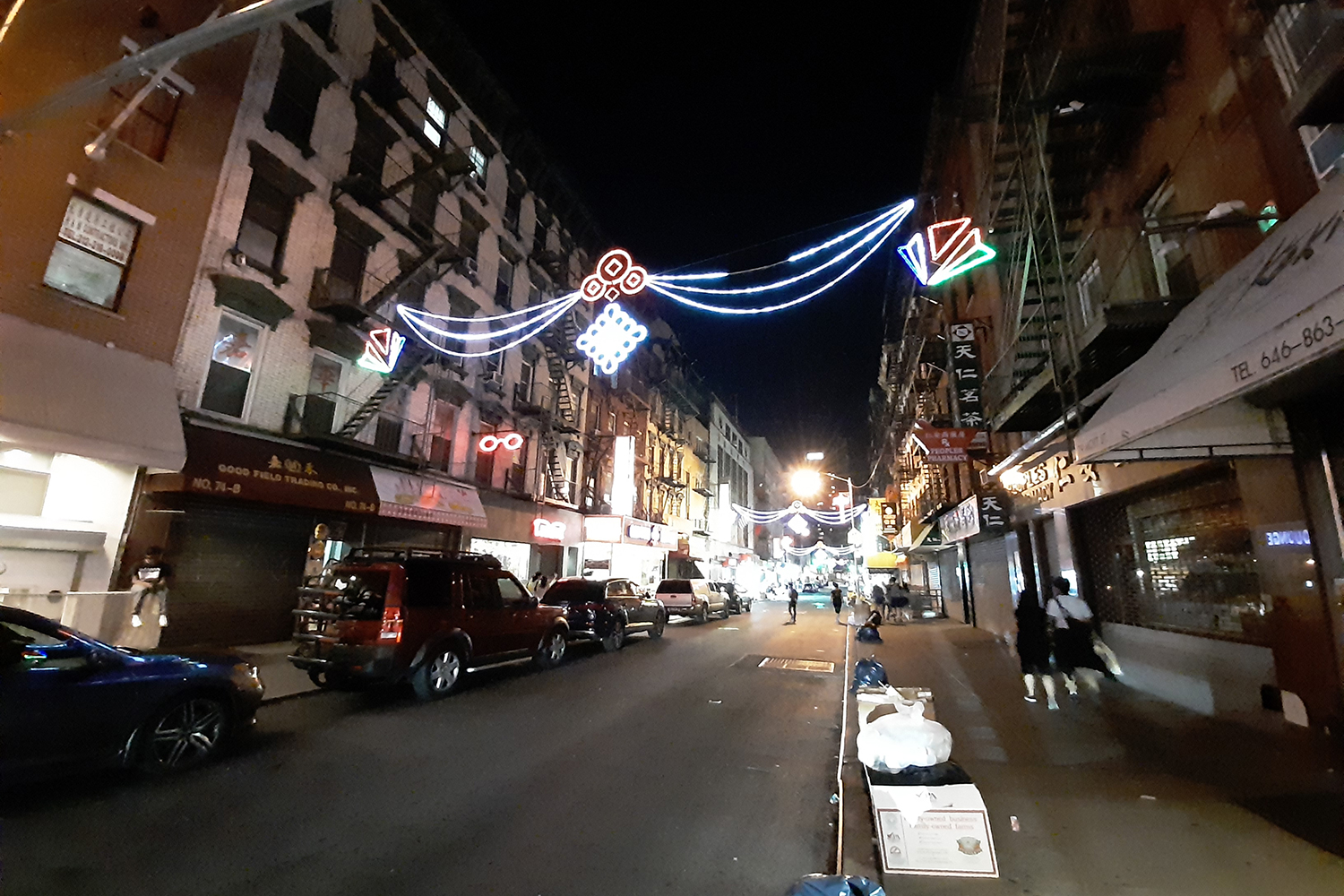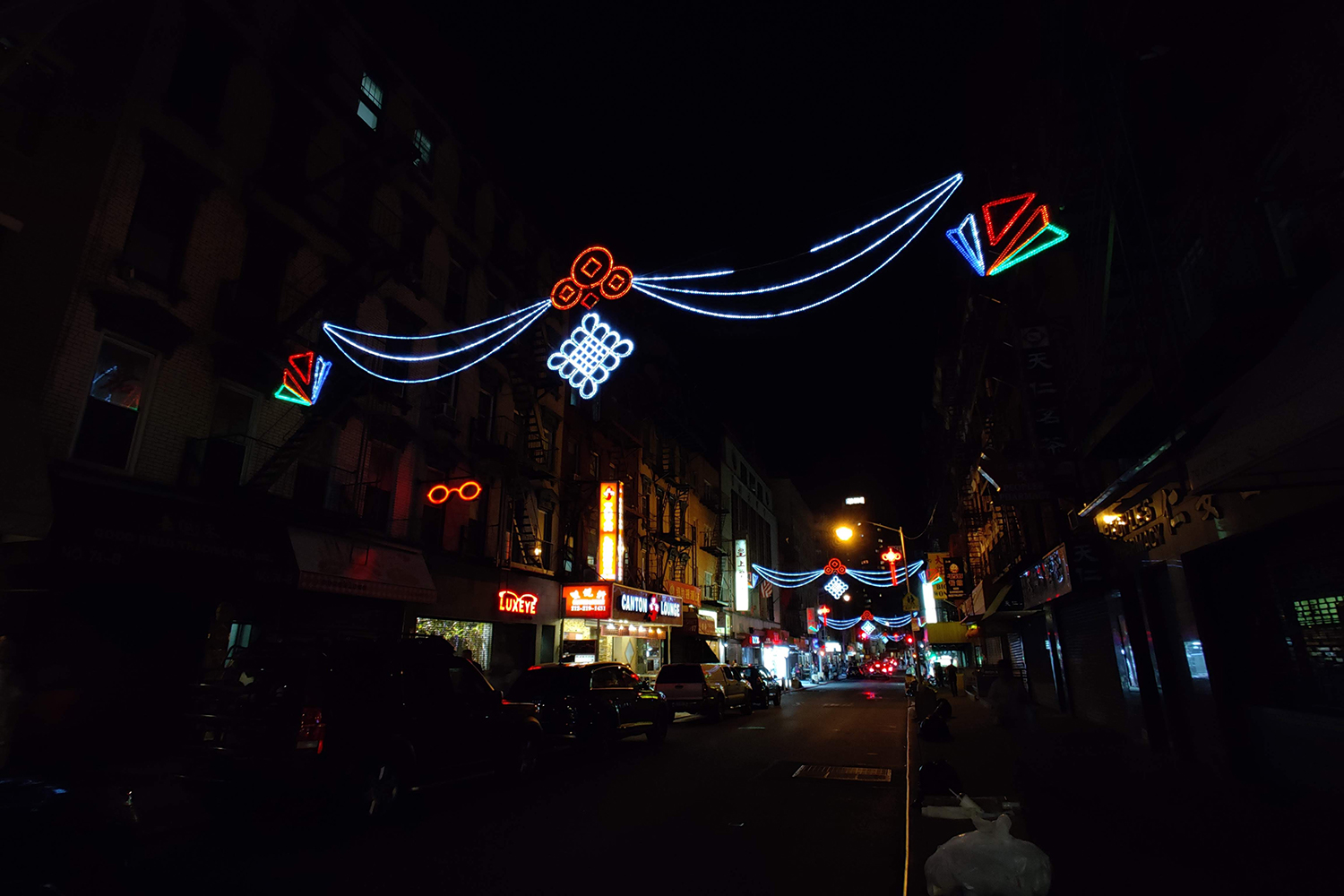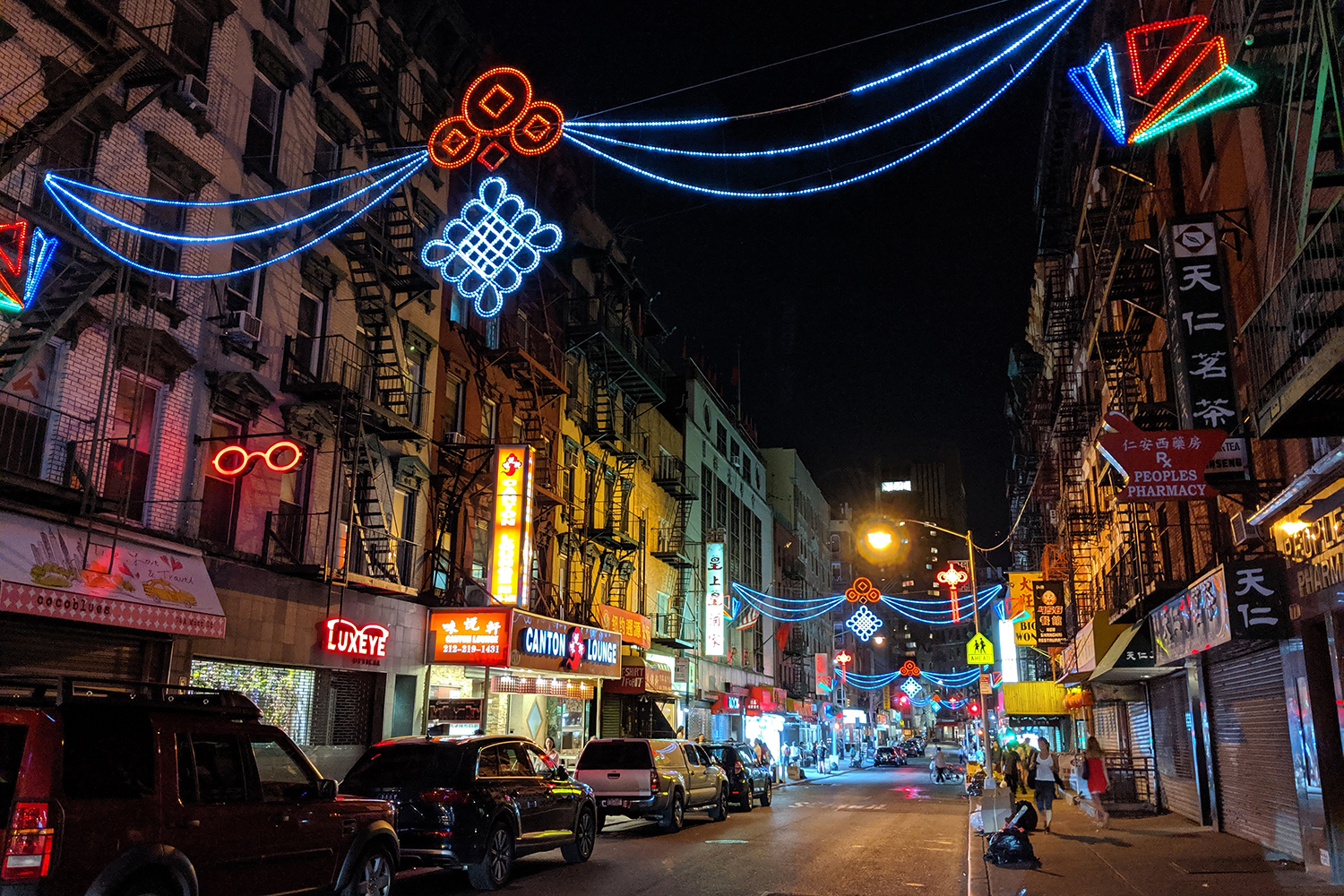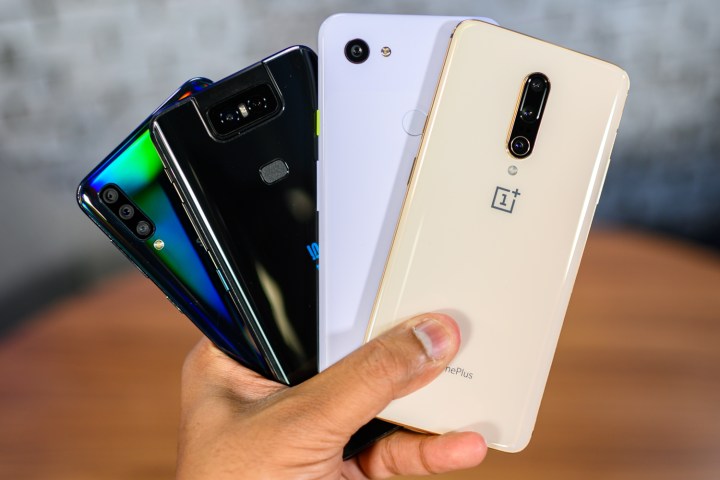
The price of flagship smartphones continues to rise, but it’s more evident than ever before that you do not need to spend much to get a good smartphone. The midrange market is booming with excellent phones that are just as capable, not just in performance, but with camera prowess too. For this camera shootout, there’s a selection of midrange phones ranging from as little as $350 all the way to $669.
I’m pitting the Samsung Galaxy A50, Google Pixel 3a, Asus ZenFone 6, and OnePlus 7 Pro all against each other to find out which camera is the best.
Camera specs
Let’s start with a brief rundown of what the camera specifications are for all these phones. Starting with the most affordable, the Samsung Galaxy A50 ($350) has a triple-lens system, but only two can actively be used. The 25-megapixel lens with an f/1.7 aperture and 8-megapixel wide-angle lens with an f/2.2 aperture are paired with a 5-megapixel depth camera with an f/2.2 aperture. The latter lens is used to capture depth information for Samsung’s portrait mode, called Live Focus. Over on the front, there’s a 25-megapixel f/2.0 lens.
Next up is the $400

Then comes the $500
Finally, we have the $669 OnePlus 7 Pro. It has a triple-camera system on the rear, starting with a 48-megapixel with an f/1.6 aperture. It’s joined by an 8-megapixel telephoto lens for 3x optical zoom with an f/2.4 aperture, as well as a 16-megapixel wide-angle lens with an f/2.2 aperture. It’s the only one of these phones in this test with an optical zoom option.
Disclaimer
Now, for our standard disclaimer: this is not a scientific test. I spent a full day snapping pictures with these phones in New York City and tried to ensure the shots are as similar as possible with the same conditions for all phones, and I used a high-quality color-calibrated monitor to judge the results.
Photography is also subjective, which means that my favorite photos (and therefore the winners) may not be the same as yours, and that’s fine. All of these cameras are quite good, if not great, considering the price.
Daylight
Prospect Park
- 1. Pixel 3a
- 2. OnePlus 7 Pro
- 3. ZenFone 6
- 4. Galaxy A50
We start at a little lake in the middle of Prospect Park in Brooklyn. It’s a beautiful day with clouds overhead and a deep blue sky. The Galaxy A50’s image has the least amount of detail — zoom in and look at the trees — and it’s also quite warm. The trees are also far too green.
The ZenFone 6 comes third. There’s good detail, but the image again is too warm, and the trees are a lime green rather than the dark green in real life. It’s between the Pixel 3a and the OnePlus 7 Pro, and my preference falls with the former thanks to its higher contrast. Look at the clouds, especially the ones on the left, and you’ll see more definition and character. I like the more accurate color of the trees here, which helps make the water look like water and not like algae. These are all excellent photos, but the Pixel 3a comes out on top.
Winner:
Portrait of a woman
Here’s one of the more challenging scenes for most phones these days, and it’s shot using portrait mode, so it’s even tougher. There’s a very bright background, with a subject facing away from the light. This is where HDR comes into play to ensure the entire photo is well exposed. None of the cameras here do a perfect job.
The Galaxy A50, while capturing the subject well with a decent blur outline, exposes the entire background — it’s impossible to fix even when editing. The Pixel 3a does a decent job trying to keep the background in check; it does a good job adding blur around the outline, but look closely on the subject’s face and you’ll see it’s grainy. The OnePlus 7 Pro does really well with the background — it’s not too over-exposed — but the entire image is warm.
The
Winner: Tie,
A spot of lunch
Time for a spot of lunch at Ha Noi Vietnamese Kitchen in Park Slope. Immediately let’s discount the Galaxy A50. The photo has poor white balance with an unnaturally green tone. It comes down the other three, all of which are good. The OnePlus 7 Pro edges out thanks to stronger detail — look closely at the peanut crumbs over the noodles and you’ll find they are sharper. The Pixel 3a’s photo may be more realistic, but I’d prefer to share the OnePlus’ image because the food pops out a little more. The ZenFone’s weak point is that it goes too cool with the white balance.
The Pixel 3a and ZenFone 6’s photos can be adjusted when editing, but the OnePlus 7 Pro’s photo is the one I’d share straight out of the camera.
Winner: OnePlus 7 Pro
Zooming in
Only one phone in this grouping has an optical zoom, and that’s the OnePlus 7 Pro. It adds versatility, allowing you to take higher-quality photos of faraway objects. But some phones like the Pixel 3a use artificial intelligence to improve the quality of digitally-zoomed photos. Here, I zoomed into the NYPD floodlight. There are only two photos I’d share, and they are the OnePlus and Pixel results.
The ZenFone’s image is flat and under-exposed, though detail is surprisingly decent. The Galaxy A50 overexposes the background, and it’s easy to see the pixels in the photos. You can see the Pixel 3a’s photo is a bit over-sharpened, especially with the trees in the background, but the detail is good and it does an excellent job with contrast, and keeping the sky in check. It’s a well-exposed photo.
But the OnePlus 7 Pro shows off why a telephoto lens will always win. You can zoom in close to the NYPD logo and you’ll see it clearly. I do think the photo could use some contrast, but that can be added in post. OnePlus takes the cake.
Winner: OnePlus 7 Pro
Widening gaze
- 1. Galaxy A50
- 2. ZenFone 6
- 3. OnePlus 7 Pro
Now here’s a test where the Pixel 3a has to be removed from the equation, as it’s the only phone without a wide-angle camera in this test. The Galaxy A50, OnePlus 7 Pro, and ZenFone 6 all have one, and now that we’ve tested the zoom capabilities, it’s time to look at the wide-angle lens. We’re back at Prospect Park.
Zoom in on the results and the A50 once again has the weakest detail, as well as the most distortion. But the OnePlus 7 Pro wins yet again, for similar reasons as to why the A50 and the ZenFone 6 took the last place in our first test. The OnePlus 7 Pro has a more defined sky, isn’t as warm, and the color of the trees looks more natural. It also is the sharpest.
Winner: OnePlus 7 Pro
A selfie bright and early
- 1. Galaxy A50
- 2. OnePlus 7 Pro
- 3. ZenFone 6
- 4. Pixel 3a
Selfie time! These are all strong photos, but the Pixel 3a easily has the best colors along with a well-exposed background. The colors are a bit muted on the A50, and the blue sky in the background is washed out. The ZenFone 6 unnecessarily and inaccurately adds warmth, for some reason, though it’s the second-best image here. It has excellent natural blur. The OnePlus 7 Pro doesn’t have the best white balance in this photo, also being a bit warm.
Winner:
A portrait-mode selfie
- 1. OnePlus 7 Pro
- 2. Galaxy A50
- 3. ZenFone 6
- 4. Pixel 3a
Fret not, Asus fans, because the ZenFone 6 takes the win with the same photo but in portrait mode. The Pixel 3a photo is good, though the background is a bit under-exposed. It messes up a little with the blur outline of the subject, and it can be seen clearly on the top right of the girl’s hair. The Galaxy A50 image is a bit over-exposed but otherwise surprisingly good. The OnePlus 7 Pro doesn’t have the best skin tone, and the background sky is completely white instead of blue.
The ZenFone 6’s portrait mode photo comes out on top. It’s well-exposed all around, has an excellent blur outline, a strong bokeh effect, and brilliant colors.
Winner:
Night
Most smartphone cameras struggle in low light, and that’s especially true with midrange and budget phones. Most of our low-light images come from Macau Trading Company, a Portuguese and Chinese restaurant in Lower Manhattan.
Girl at night
Let’s start with the back of the pack. The Galaxy A50 fails to impress with muted and washed-out colors, though detail is decent. The ZenFone 6’s image is a bit too dark, though the background color is the most accurate. The Pixel 3a’s photo has strong detail but on the whole it’s too red. The OnePlus 7 Pro fixes this with a much more accurate skin tone color. There’s also good detail. It’s the winner.
Winner: OnePlus 7 Pro
Portrait in a restaurant
How about using portrait mode at night? The OnePlus 7 Pro comes surprisingly last here because it failed to add a depth effect at all; there wasn’t enough light. As you can see, my face is blurred out as well, with the focus resting on the background. Then it’s the A50, with its strangely warm colors and poor detail. The blur outline is decent, though. The ZenFone 6 does a fine job with the blur, and the outline is almost impeccable. It’s just a bit dim.
The Pixel 3a wins narrowly, with a strong blur outline, bokeh effect, and good colors. The focus is a little soft, but you can even see the color of my glasses if you look closely.
Winner:
Lobster noodles
We all like to take photos of our food, and this can be challenging at night or inside a restaurant when there isn’t enough light. All of these phones did well here, but the OnePlus 7 Pro is the one I’d share of the lot. It has the best blend of white balance, inviting color, and strong detail. The Galaxy A50’s image is too red, the Pixel 3a’s not colorful enough, and the Asus’ is warm on the whole.
Winner: OnePlus 7 Pro
Inside the restaurant
I often look for ambiance in low-light photos, and it’s the Pixel 3a’s image that comes the closest to replicating the feel and look of Macau Trading Company. It’s dark, but not too dark. It’s a little on the warm side, but I love how the fading sunlight creeps in from the windows and reflects on the ceiling. The detail here is impressive — you can make out the face of the man in glasses in the center-right, all the way in the back.
The Galaxy A50’s photo attempts to white balance the image, which is fine, but it loses all character and detail is poor. The ZenFone 6’s photo struggles with detail here, as does the OnePlus 7 Pro, though not to the same extent. The OnePlus’ photo is not as atmospheric as the Pixel 3a’s result.
Winner:
Night Mode
- 1. Pixel 3a
- 2. OnePlus 7 Pro
- 3. ZenFone 6
Most smartphones have a “Night Mode,” which takes multiple images in long exposure and stitches them together to create a well-exposed photo. We’re leaving out the Galaxy A50 here, as it doesn’t have a dedicated Night Mode (in the category above, the A50 used the Night Mode automatically from Scene Optimizer).
I know I talked of ambiance earlier, but there’s something about the Pixel 3a’s Night Sight photo that has me enamored. I expect it’s largely to do with the blue light that’s creeping in from the windows again, but it also impresses with the sheer amount of detail. It goes a bit aggressive with white balance and loses the original ambiance and mood, but this is equally a stunning photo. If I were to share this image, I’d perhaps add some warmth to it.
The OnePlus 7 Pro’s photo is too warm and doesn’t have a cool effect with the blue light from the windows, its detail is just as strong as the Pixel 3a though. I tried to tone down the warmth afterward, but I couldn’t achieve the result I wanted as easily as I could with the Pixel 3a. Meanwhile, the ZenFone 6 is a considerable improvement over the original photo without Night Mode, but the detail is the weakest. It’s still a good photo.
Winner:
Low-light zoom
Similar to our zoom test in the daylight, let’s see how it fares at night. Remember, only the OnePlus 7 Pro has an optical zoom lens.
As such, it takes the win, but not without fierce competition from the Pixel 3a. The OnePlus edges out with cleaner details and an overall higher quality photo. The
Winner: OnePlus 7 Pro
Wide-angle in Chinatown
Let’s test the wide-angle camera at night again as well. I’ve decided to use the dedicated Night Mode on all these phones if available, and I’ve even thrown in the Pixel 3a despite it not having a wide-angle lens. I won’t be counting it as a real contender in this category, though.
I tapped on the center red circles hanging on top of the street, and immediately you can see the OnePlus 7 Pro messes up and doesn’t get the right focus; oh and the photo’s far too dark. The A50 over-exposes the lights and washes out all the colors from the street. The ZenFone 6 takes an easy win. There’s strong detail and colors are vibrant.
If the Pixel 3a had a wide-angle lens, it would probably take the win, as it has the most stunning photo of all. It captures exactly the type of ambiance I’d want in a photo of this street.
Winner:
Selfies in the dark
- 1. OnePlus 7 Pro
- 2. Pixel 3a
- 3. Galaxy A50
- 4. ZenFone 6
Some phones have a Night Mode that works on the front-facing camera as well. In the case of the four phones here, that’s the Pixel 3a and the
Most of these selfies are surprisingly strong, considering they were captured in a dimly-lit room. The A50’s photo is washed-out as usual, and while the ZenFone 6’s Night Mode selfie has more detail, it also is a bit too over-exposed, grainy, and lacking in color. The OnePlus 7 Pro and Pixel 3a photos are the best and are quite comparable, though the OnePlus loses out due to the slightly warmer tones and reddish skin color. The denim jacket is the right kind of blue in the Pixel 3a’s image.
Winner:
Portrait-mode selfies at night
- 1. Galaxy A50
- 2. OnePlus 7 Pro
- 3. Pixel 3a
- 4. ZenFone 6
Our final test ends with the same photo, but using portrait mode. It’s an easy win for the OnePlus 7 Pro, as it manages to keep me well-exposed. The Pixel 3a shot makes my skin red and it’s dim; the ZenFone 6’s photo is too dark, and the A50 washes things out yet again.
Winner: OnePlus 7 Pro
Overall winner: OnePlus 7 Pro
It’s a close shave between the OnePlus 7 Pro and the
Do keep in mind the pricing of these phones. Considering the Pixel 3a came close to dethroning the OnePlus 7 Pro — it costs $269 less — I’d say it’s excellent value if the camera is top of mind. The ZenFone 6 is just $100 more than the Pixel phone, and its camera performed admirably here. You also get a far superior processor and battery capacity inside, which are good reasons to buy it over the Pixel 3a. It’s the Galaxy A50 that lags behind. The camera can be decent, but it doesn’t match the caliber of the rest of the phones. Otherwise, it’s matched in all else but software to the Pixel 3a.
Whatever your budget is, you’ll be happy for the most part with any of these phones. But if you want the best and most versatile cameras without having to drop flagship prices, your best options are clearly the OnePlus 7 Pro and the
Editors' Recommendations
- I did a Galaxy S24 Ultra vs. Pixel 8 Pro camera test. It’s not even close
- I did a Pixel 8 and OnePlus 11 camera test. Picking a winner wasn’t easy
- OnePlus is about to put the Google Pixel 8 Pro to shame
- I did a Pixel 7a camera test — and it’s bad news for Samsung
- The one thing the iPhone 14, Galaxy S23, and Pixel 7 all get wrong




